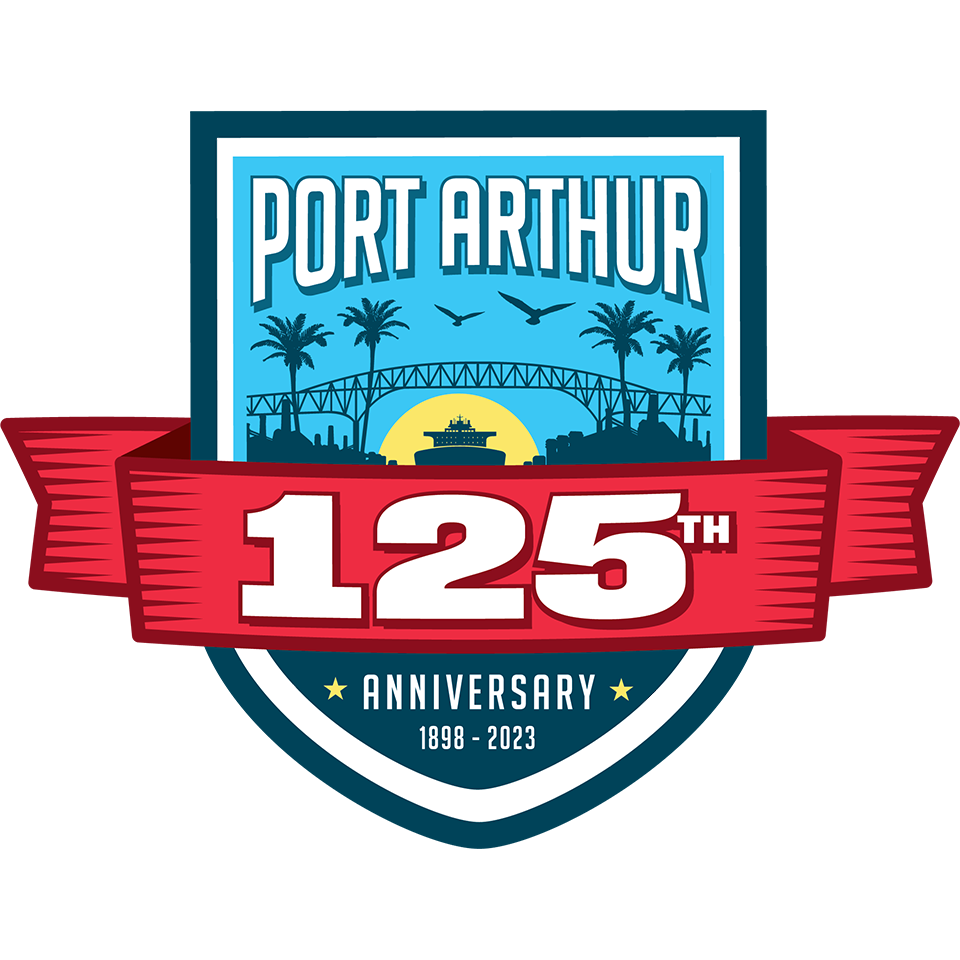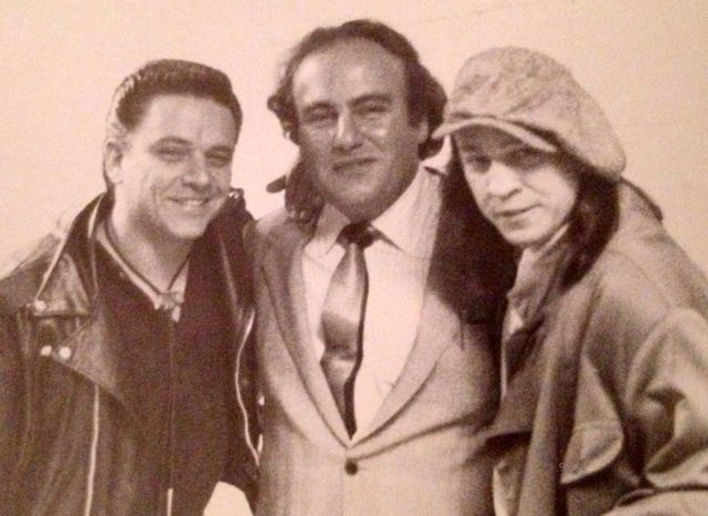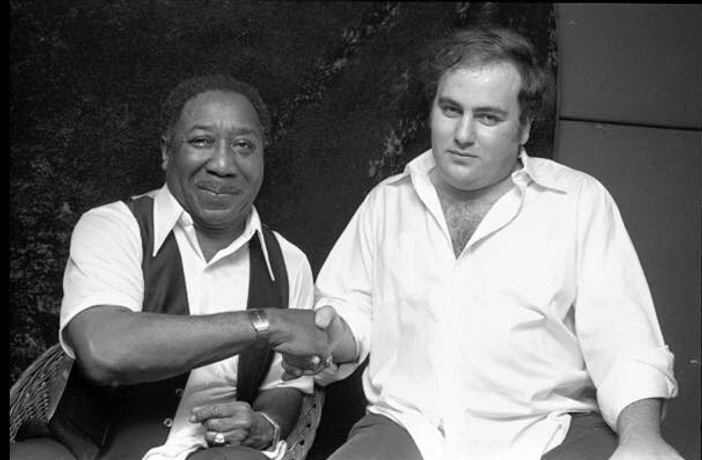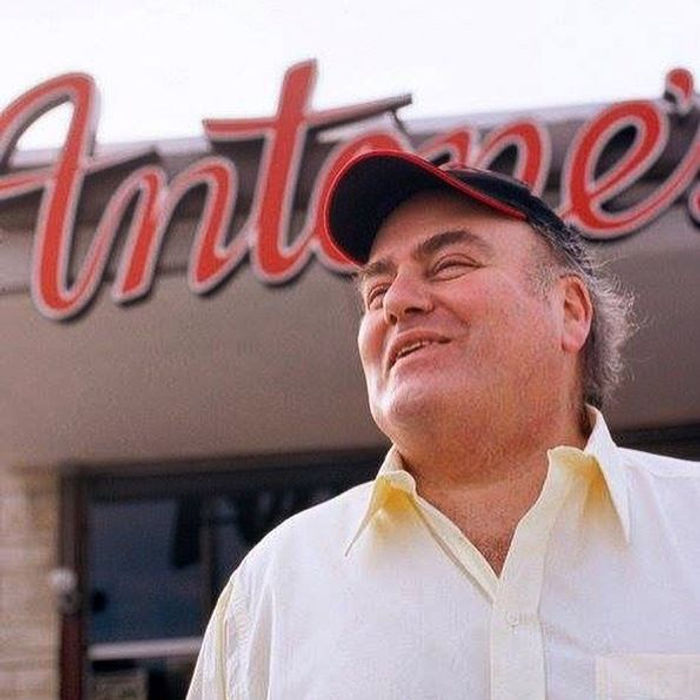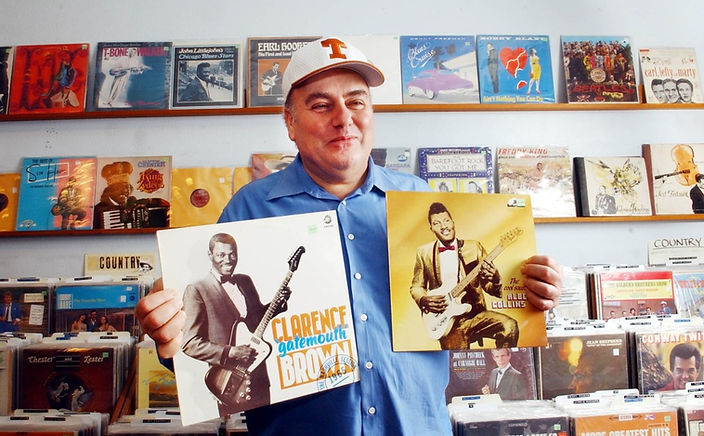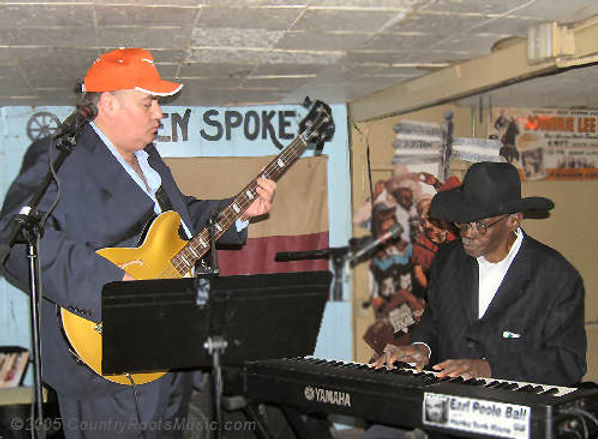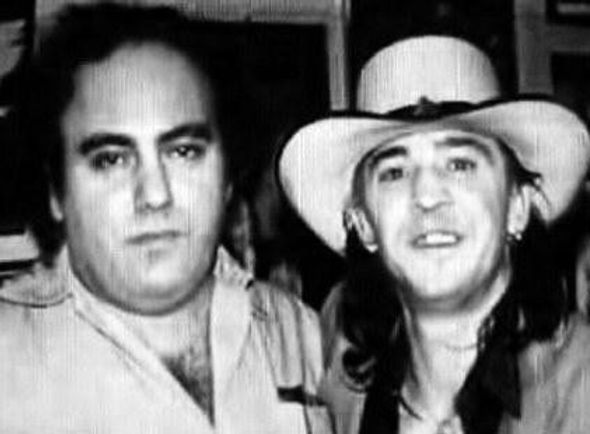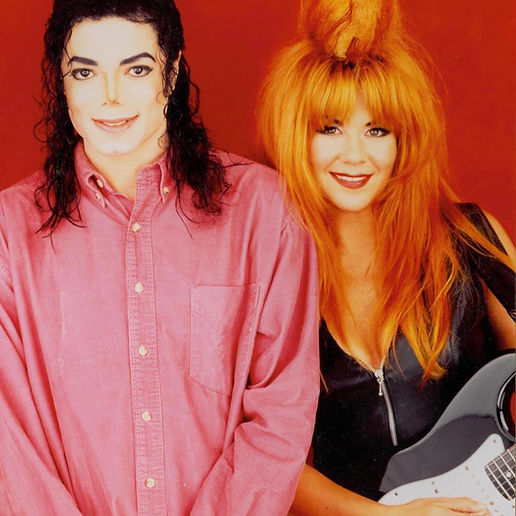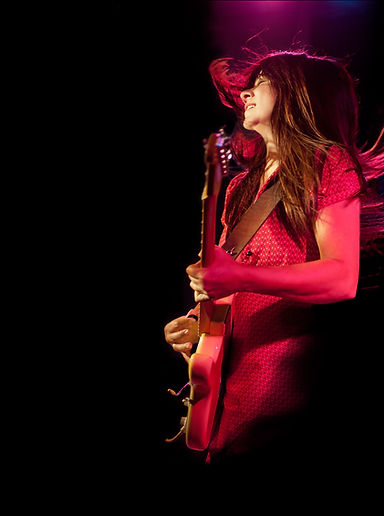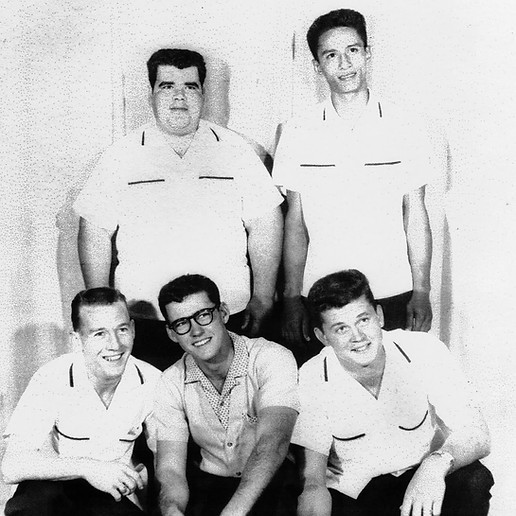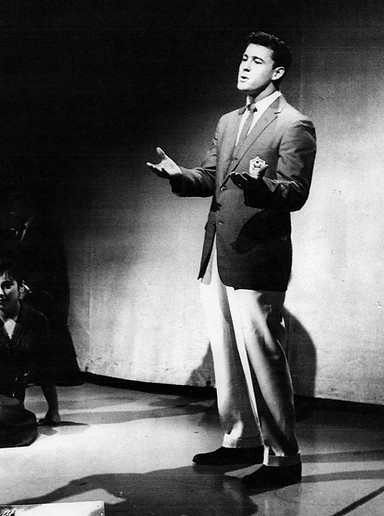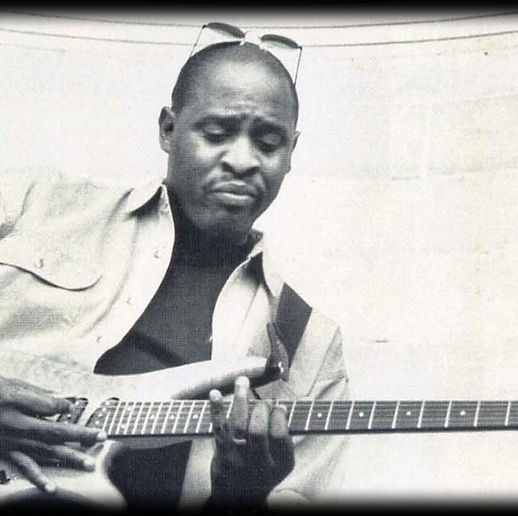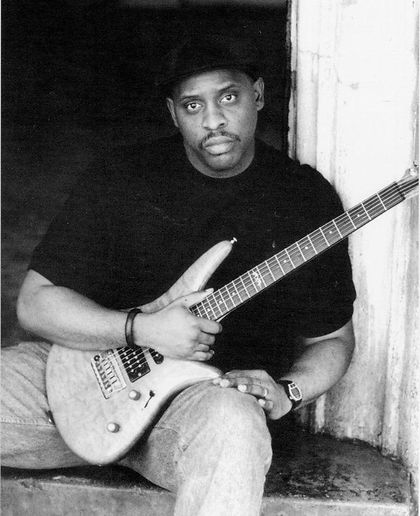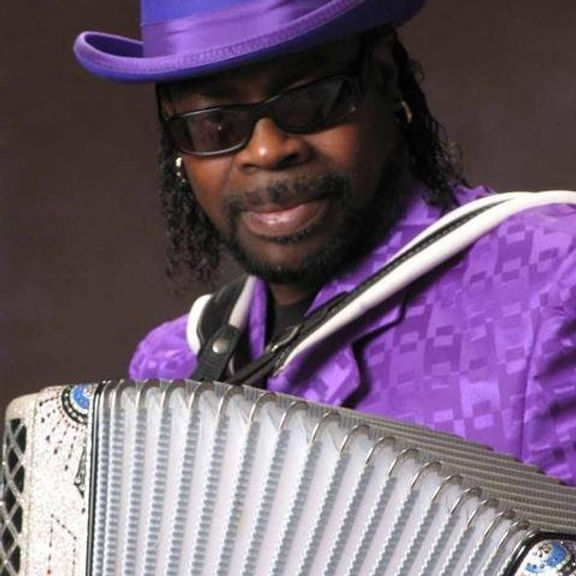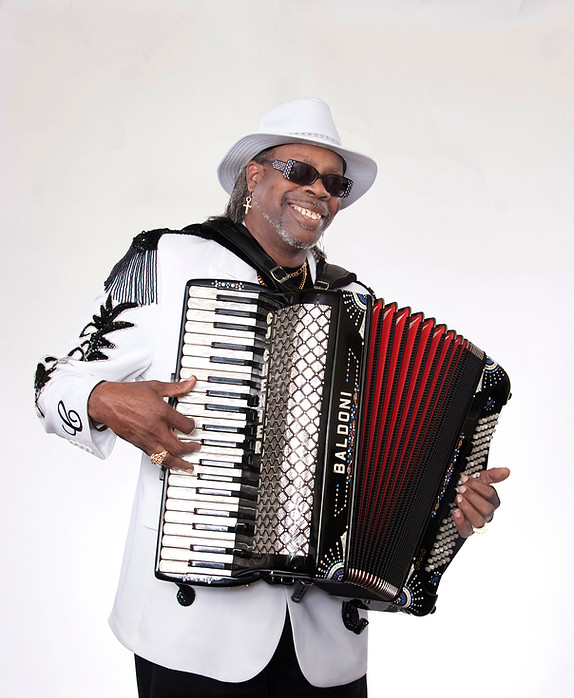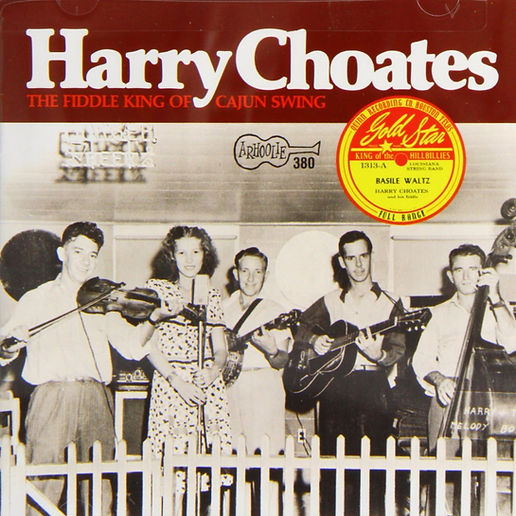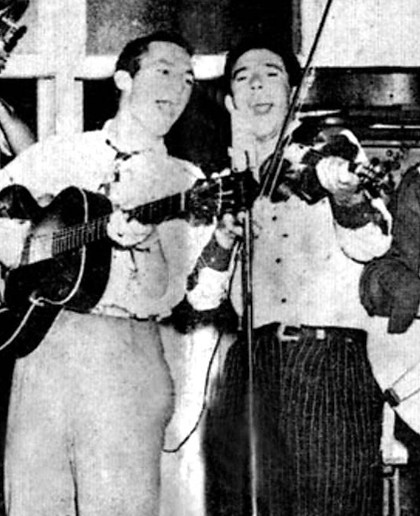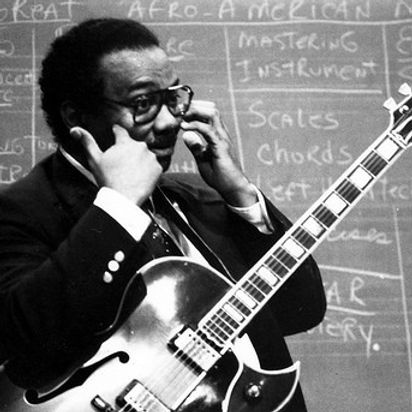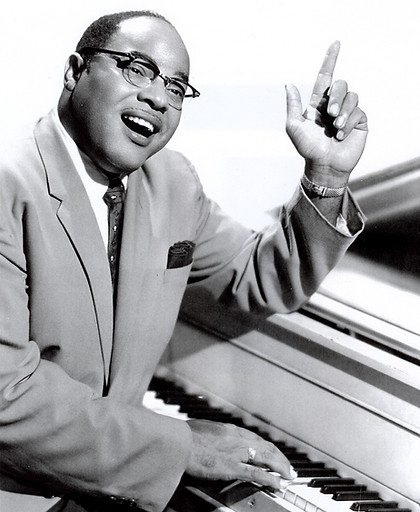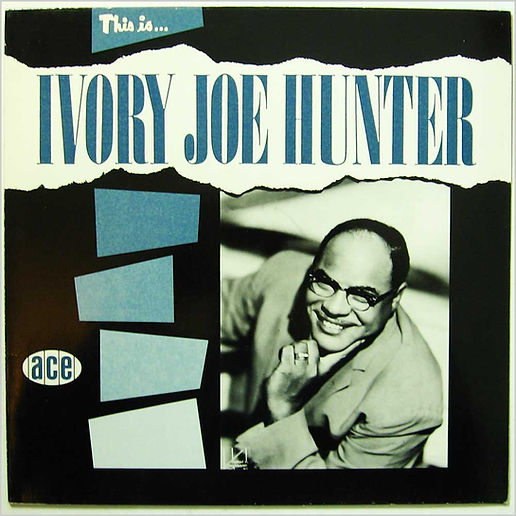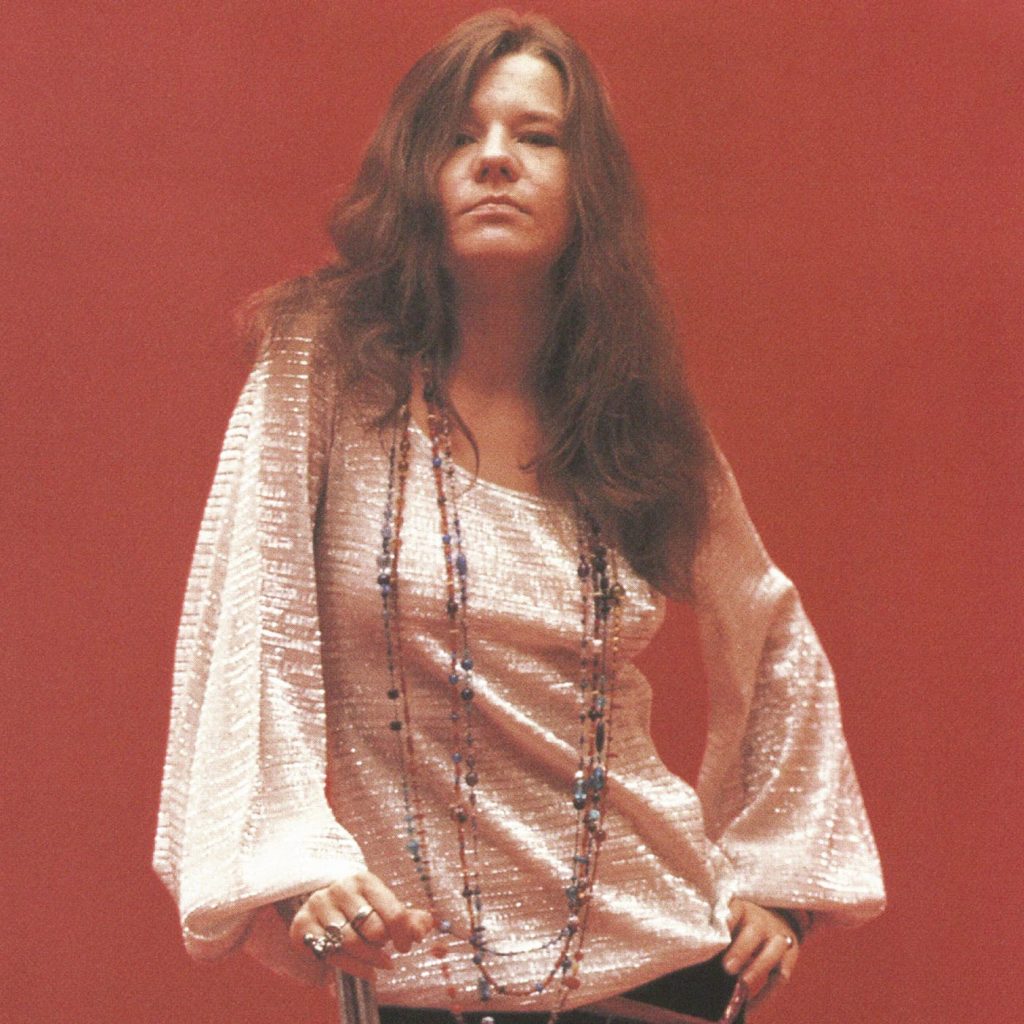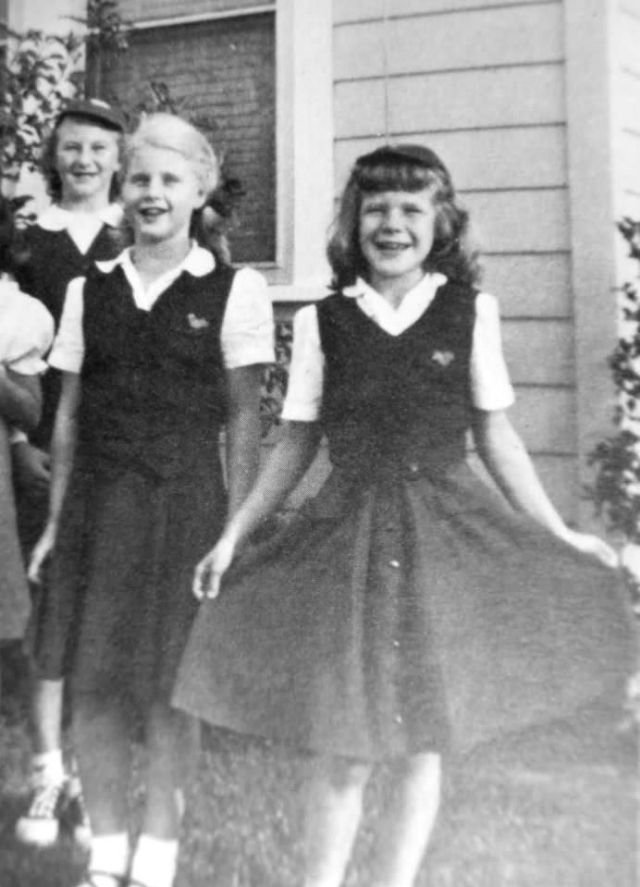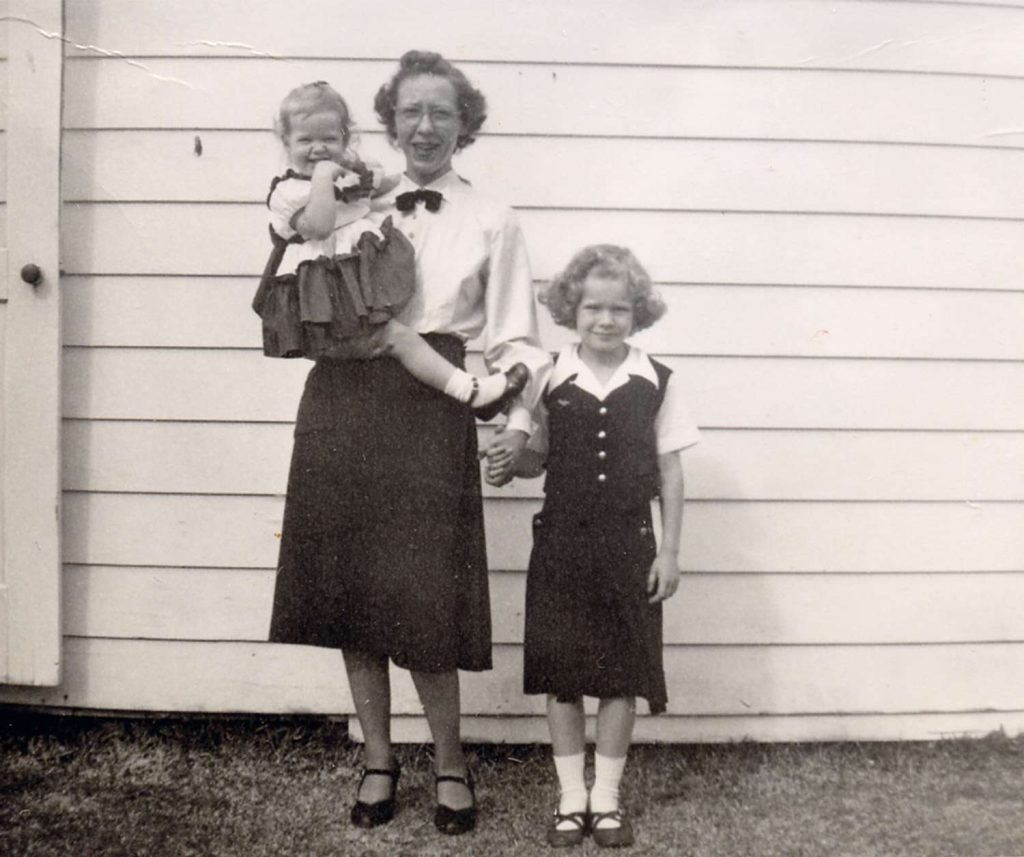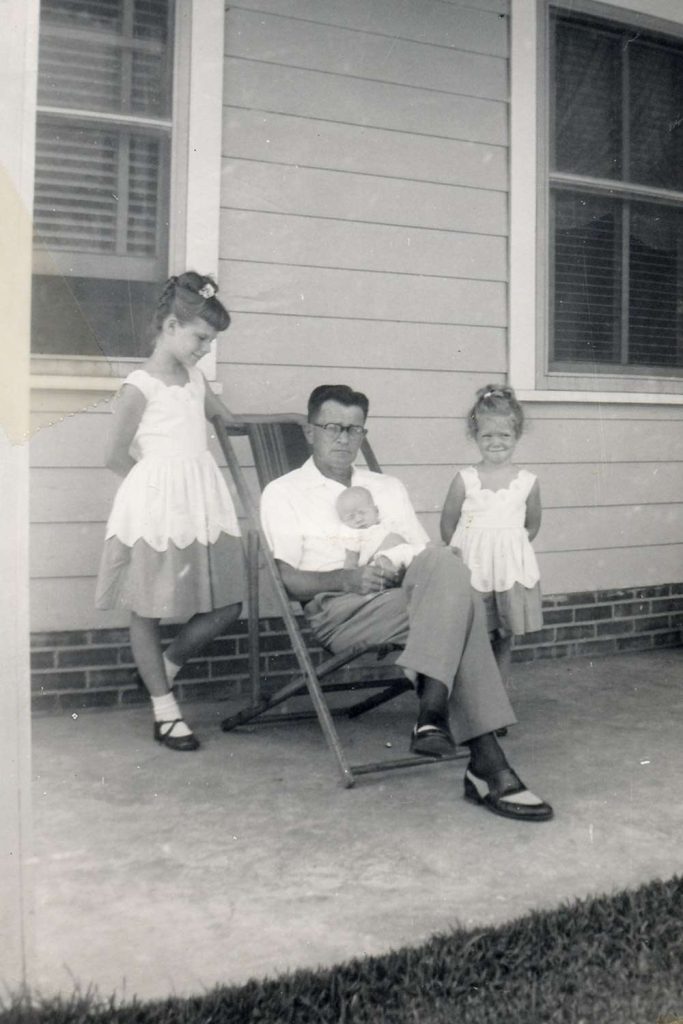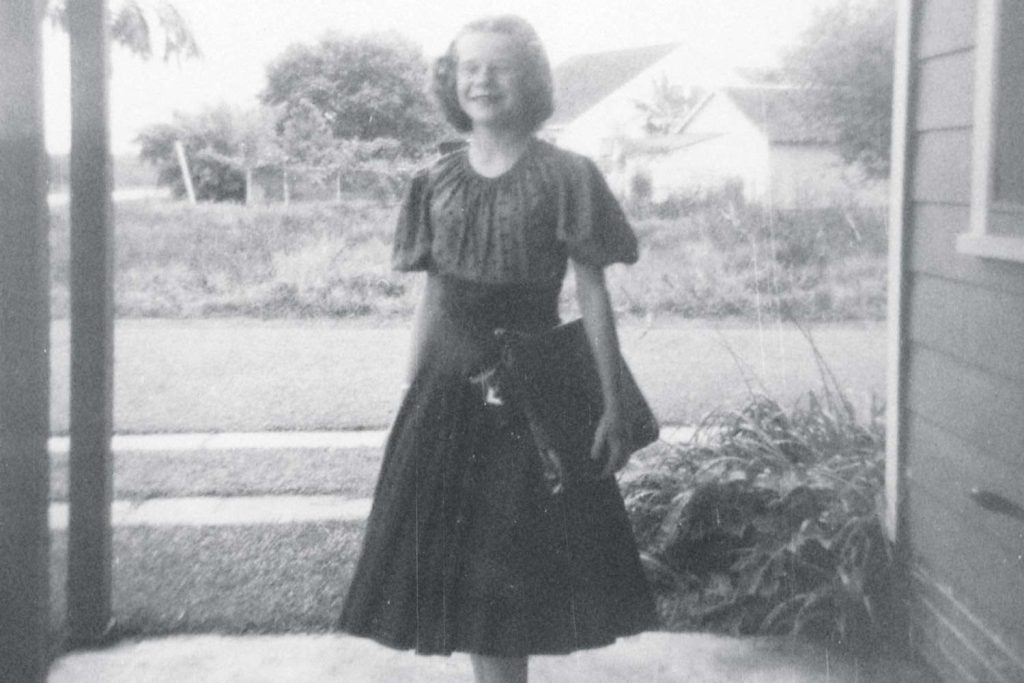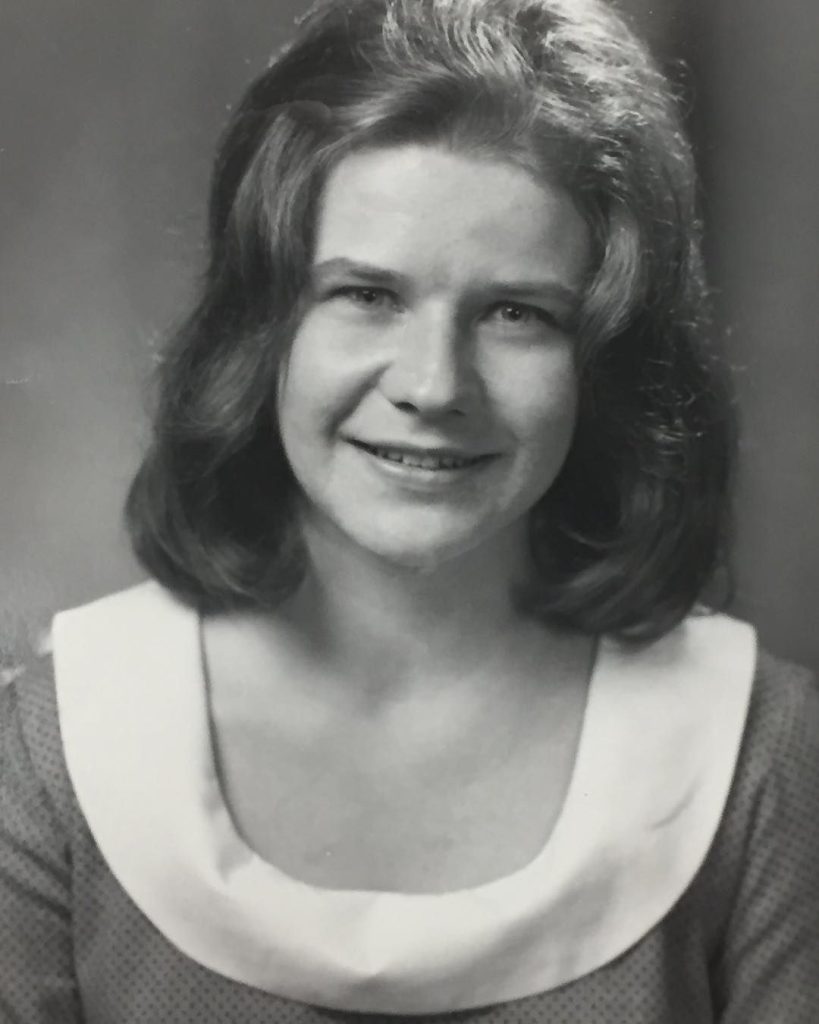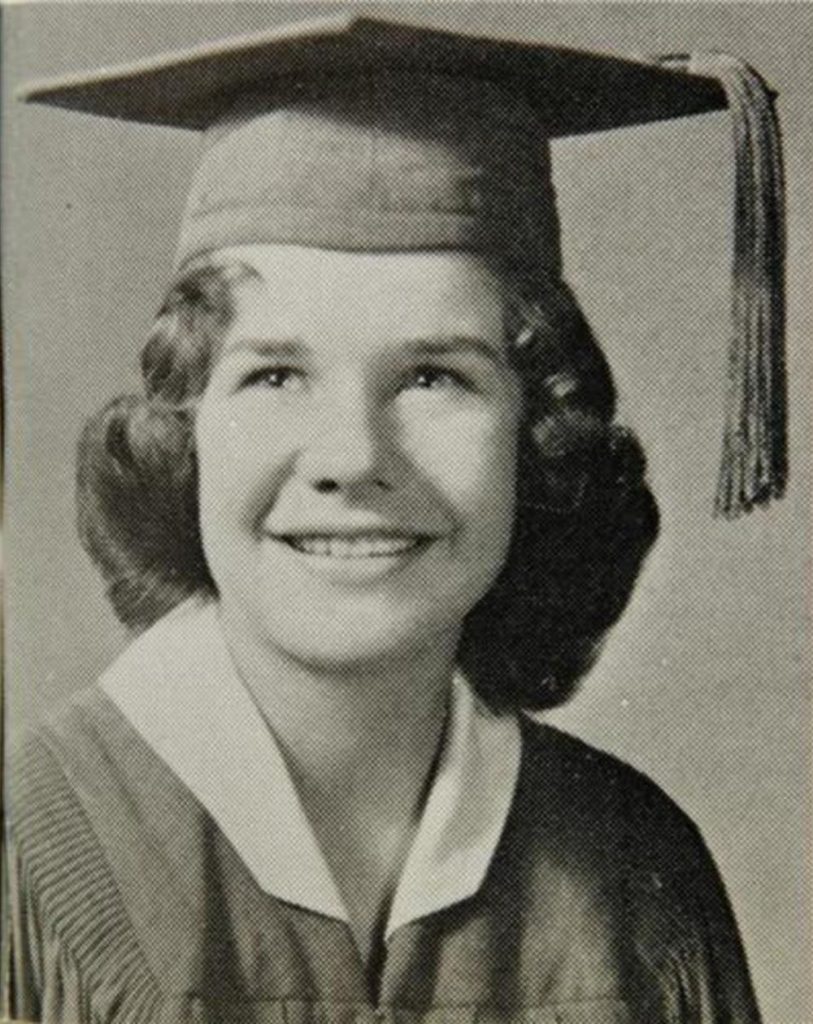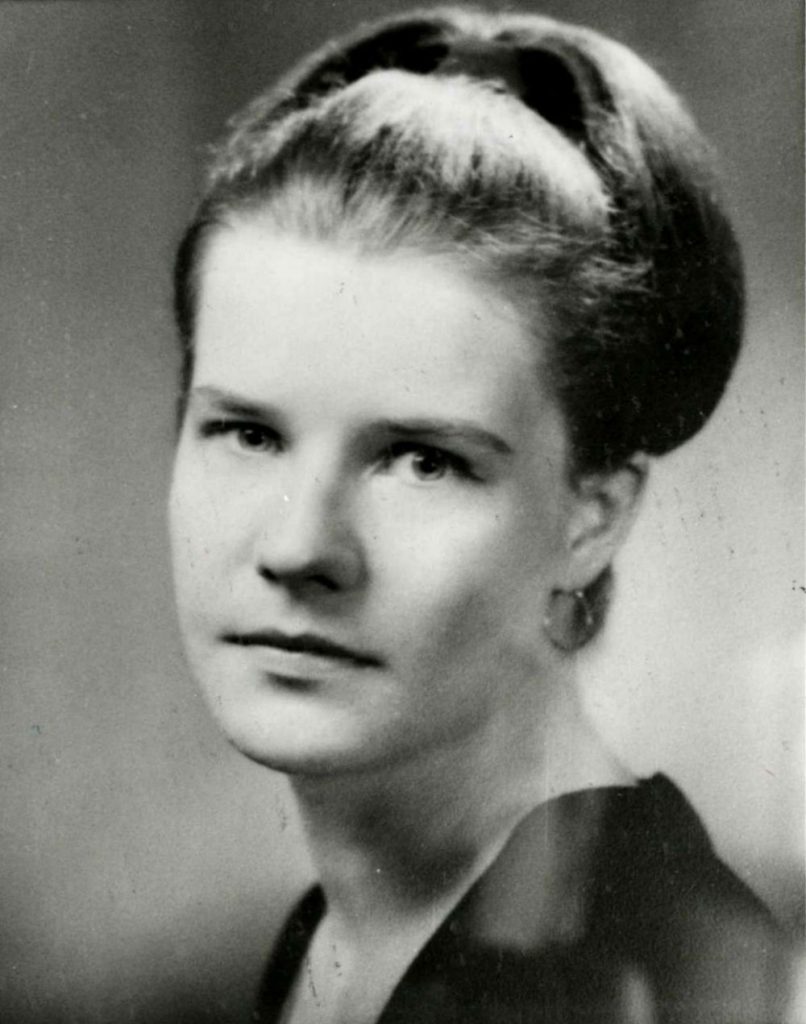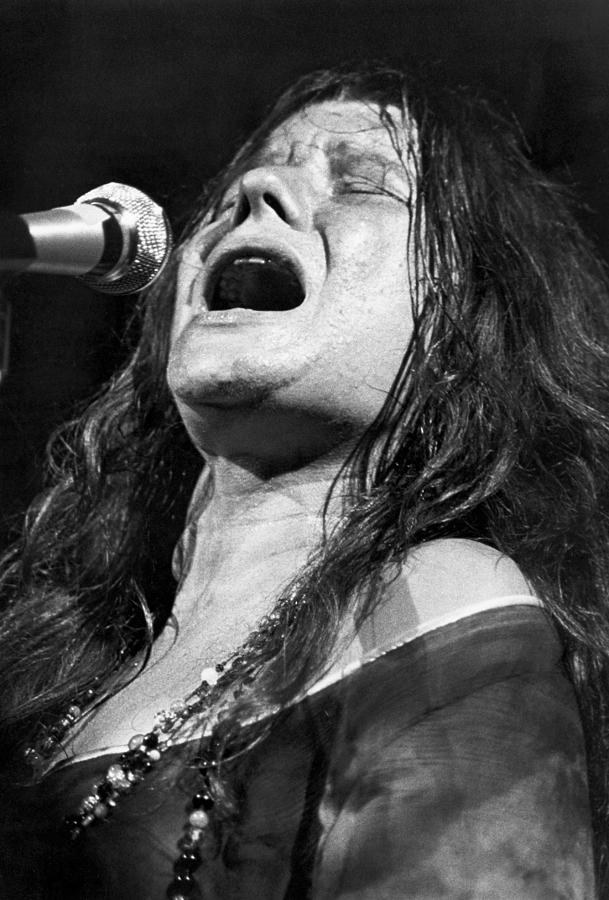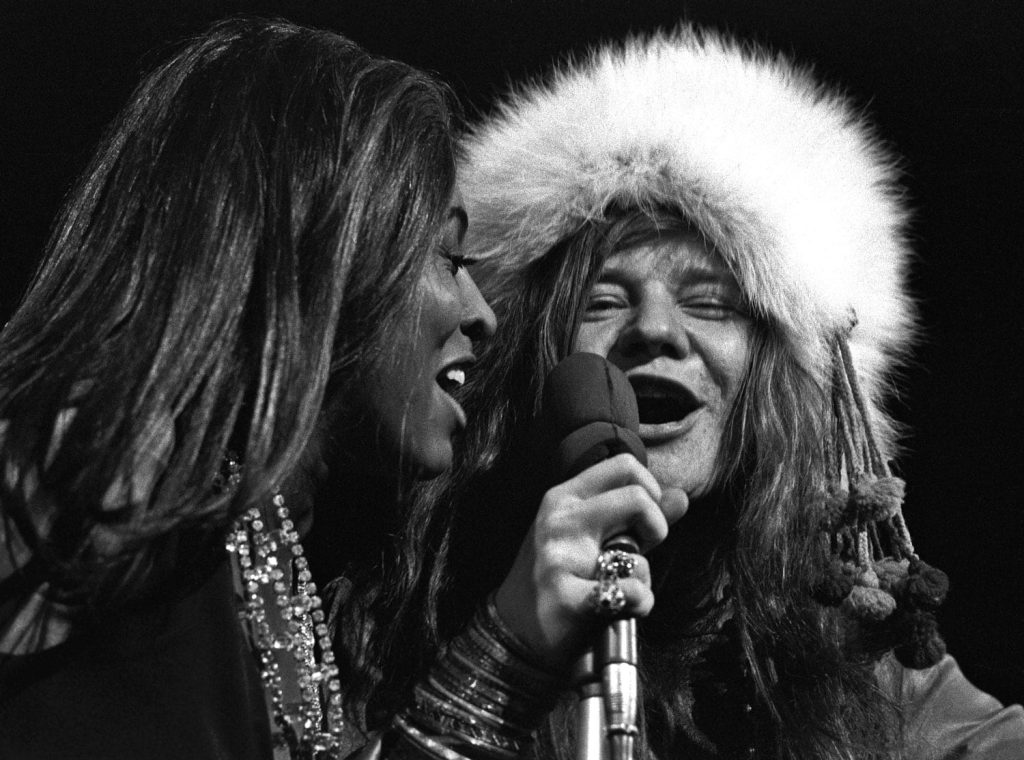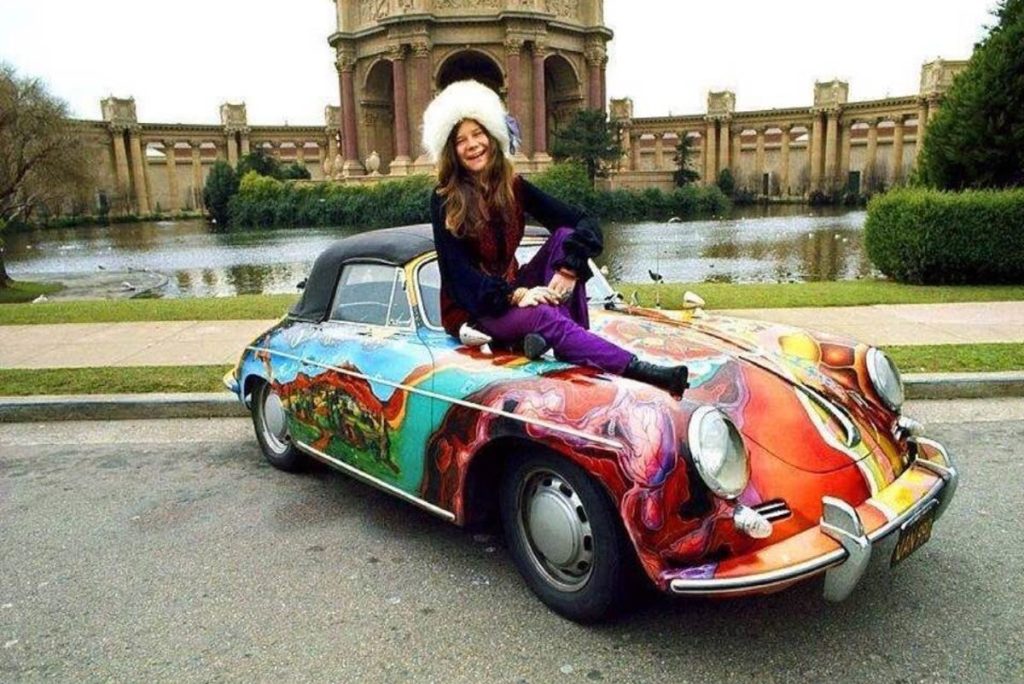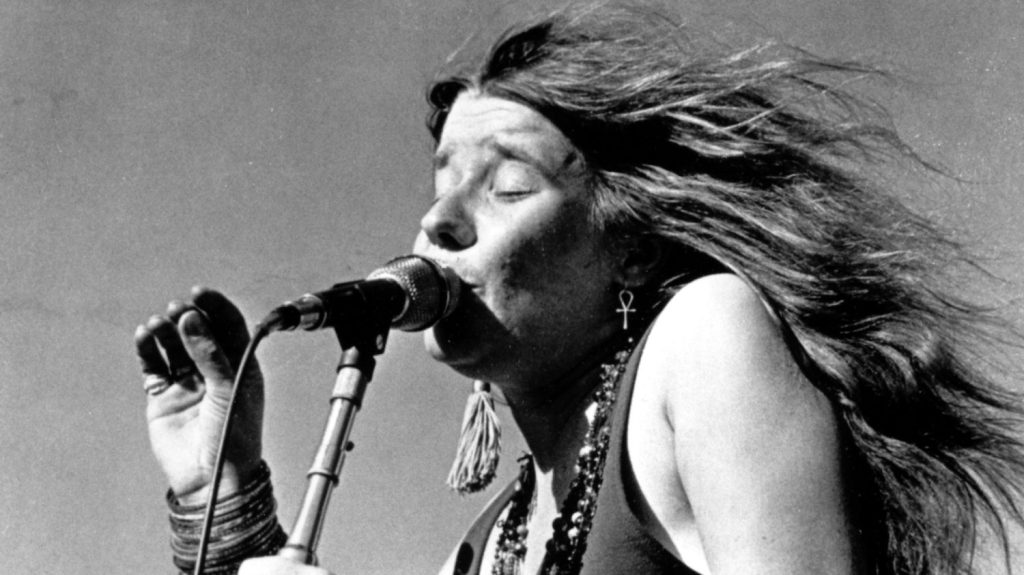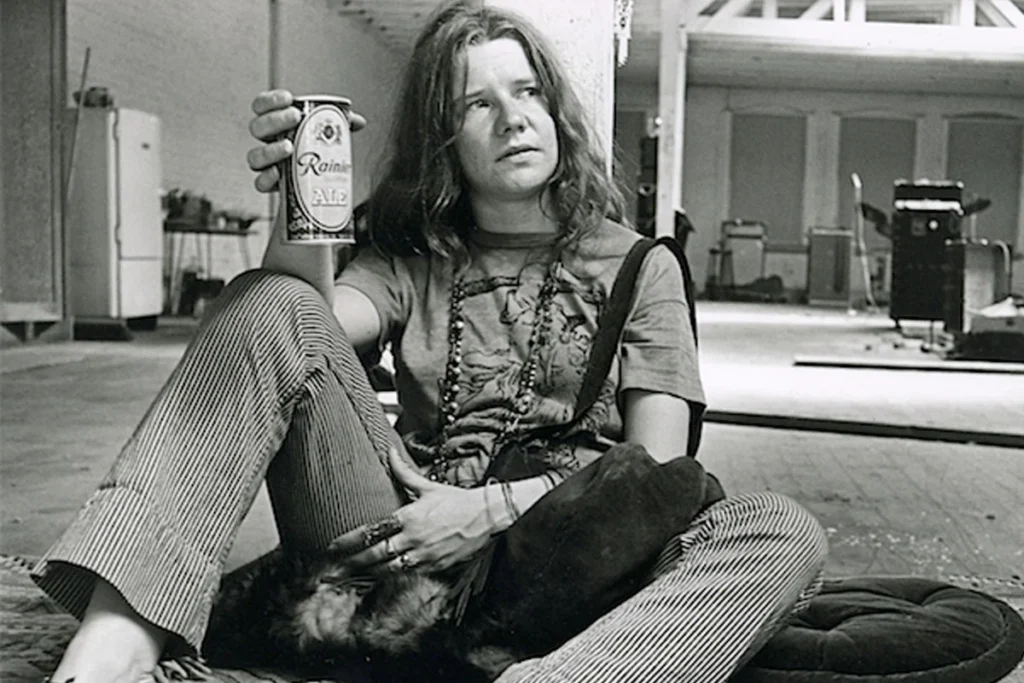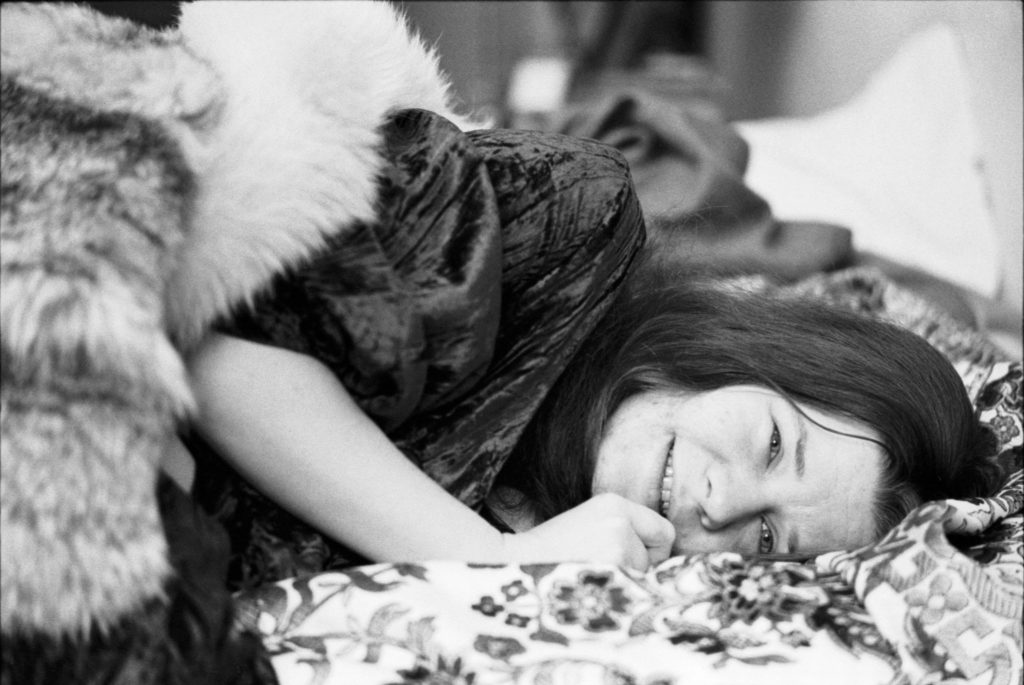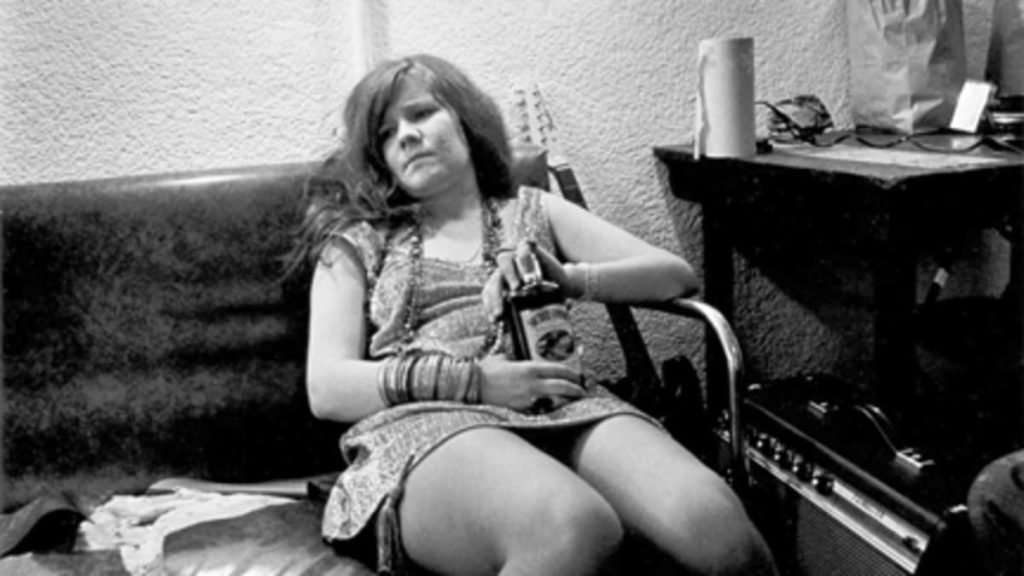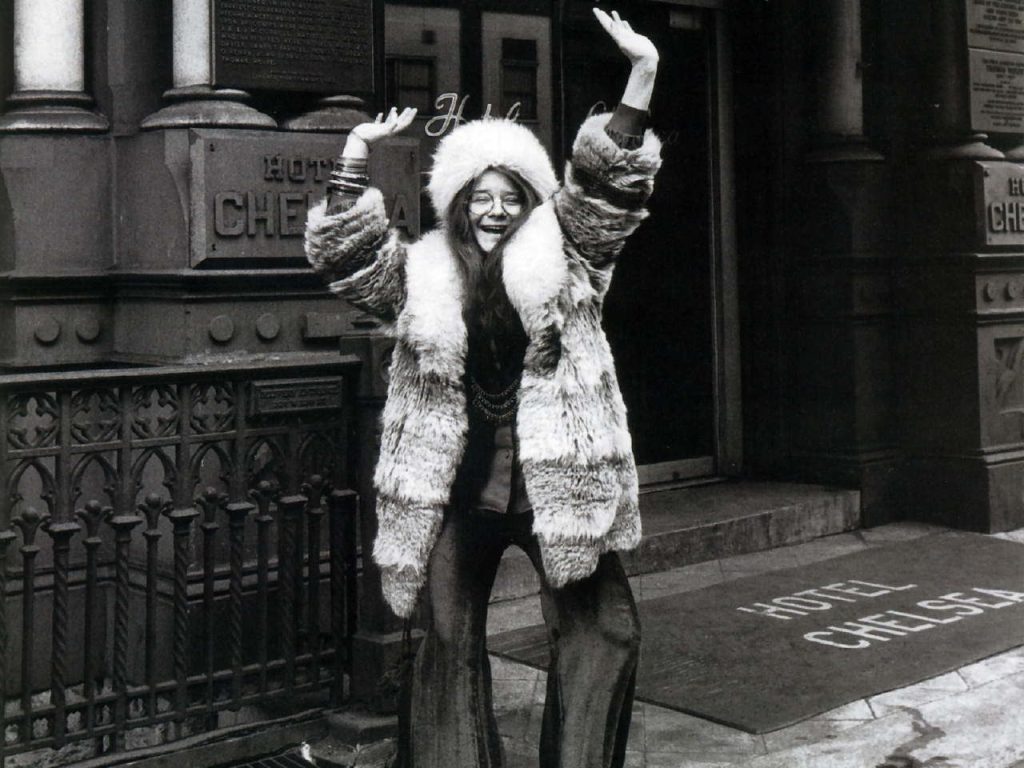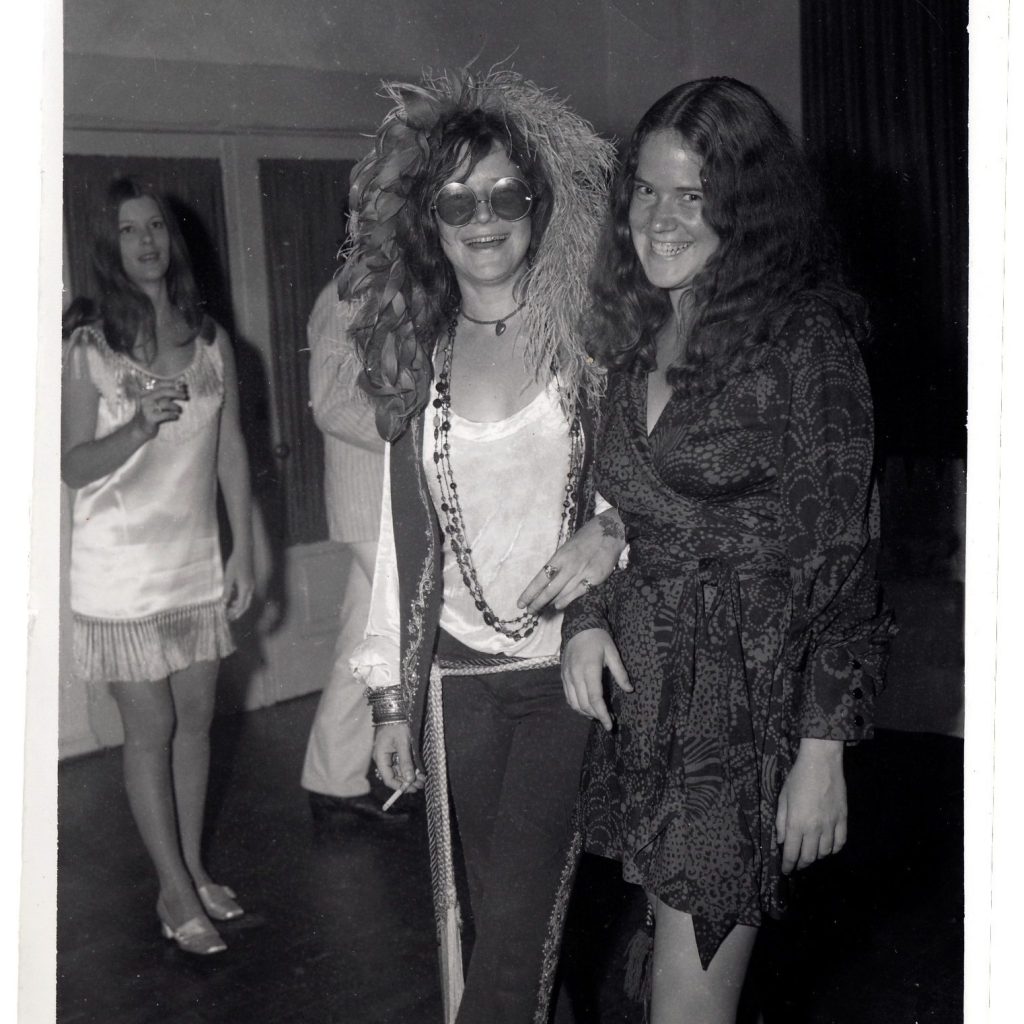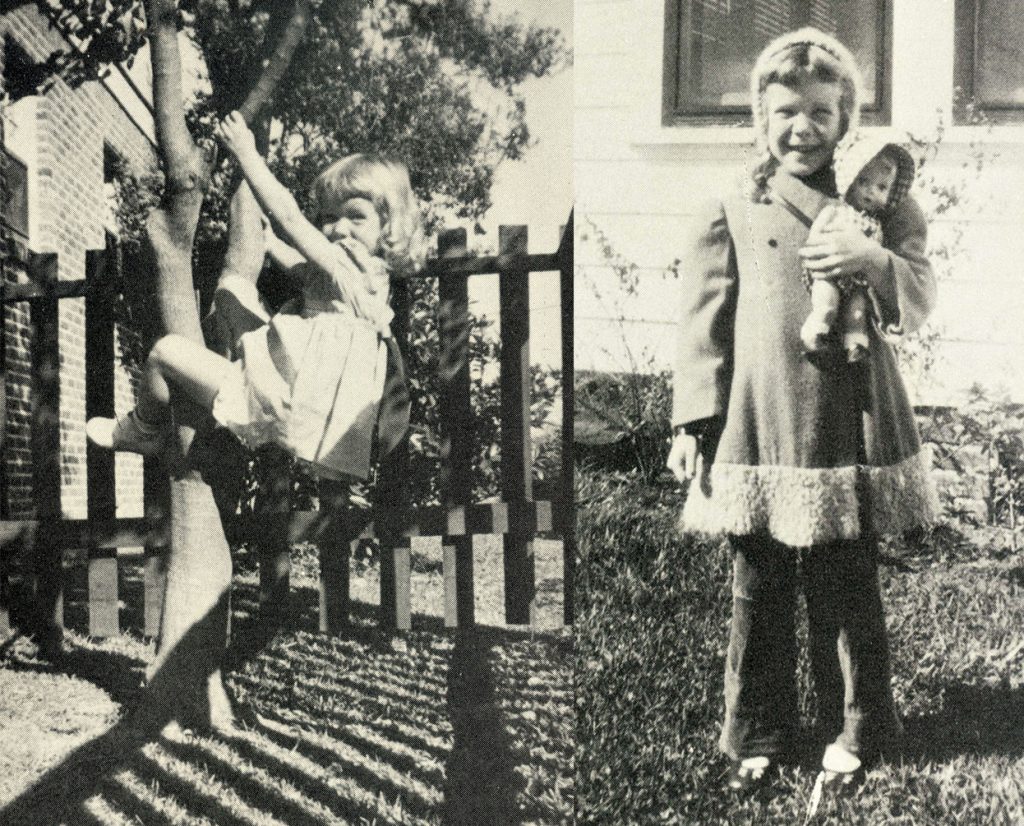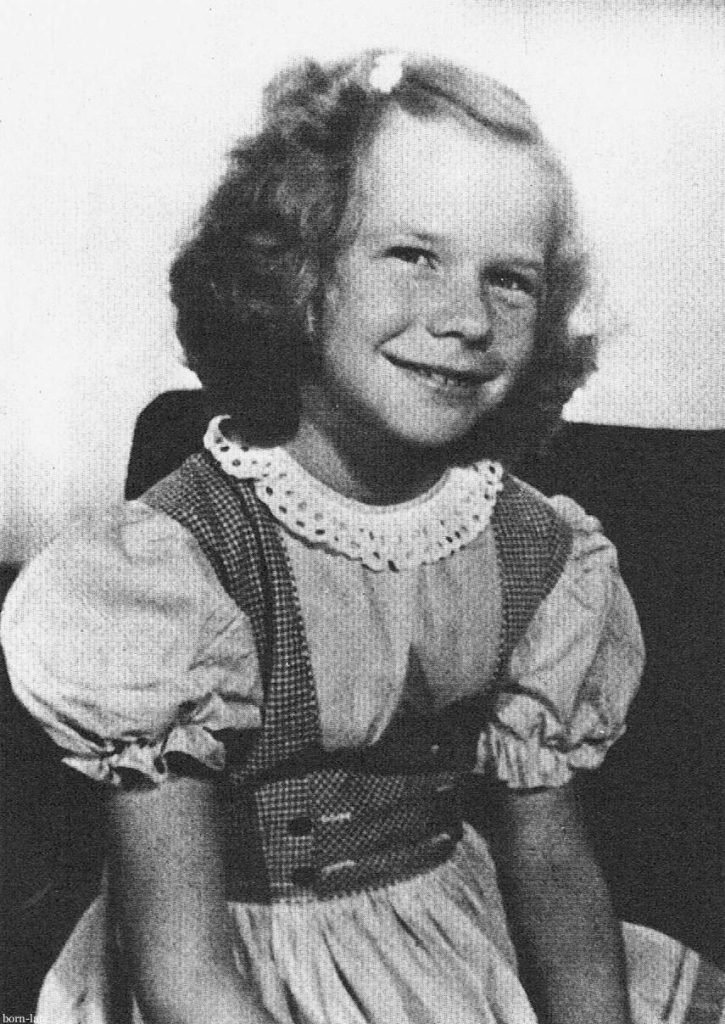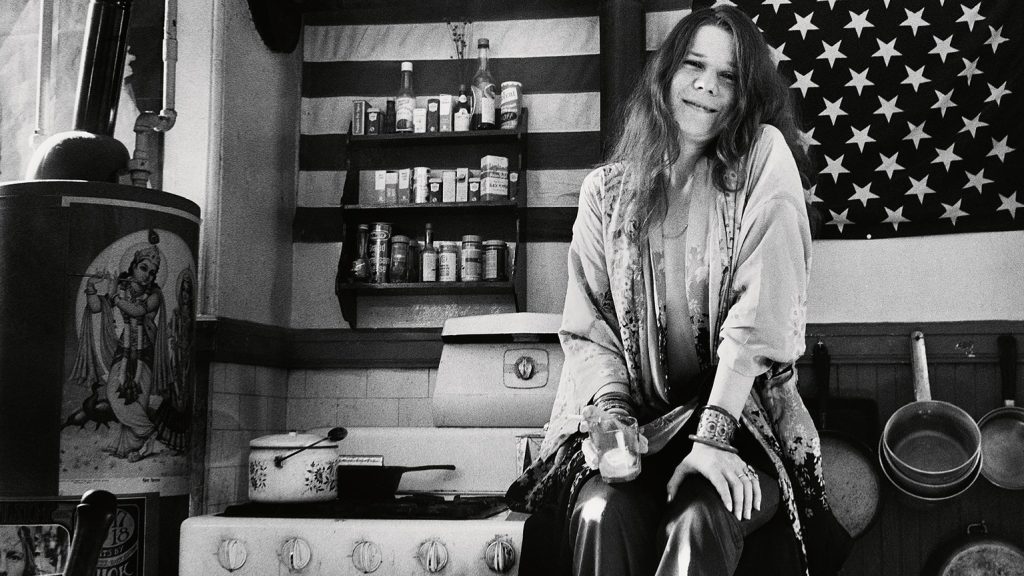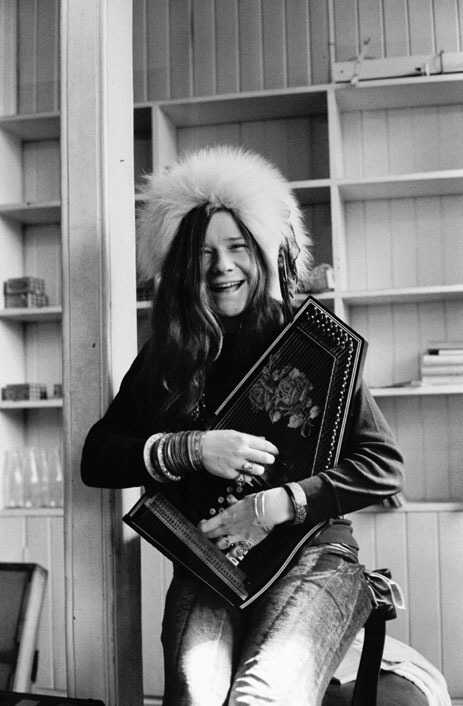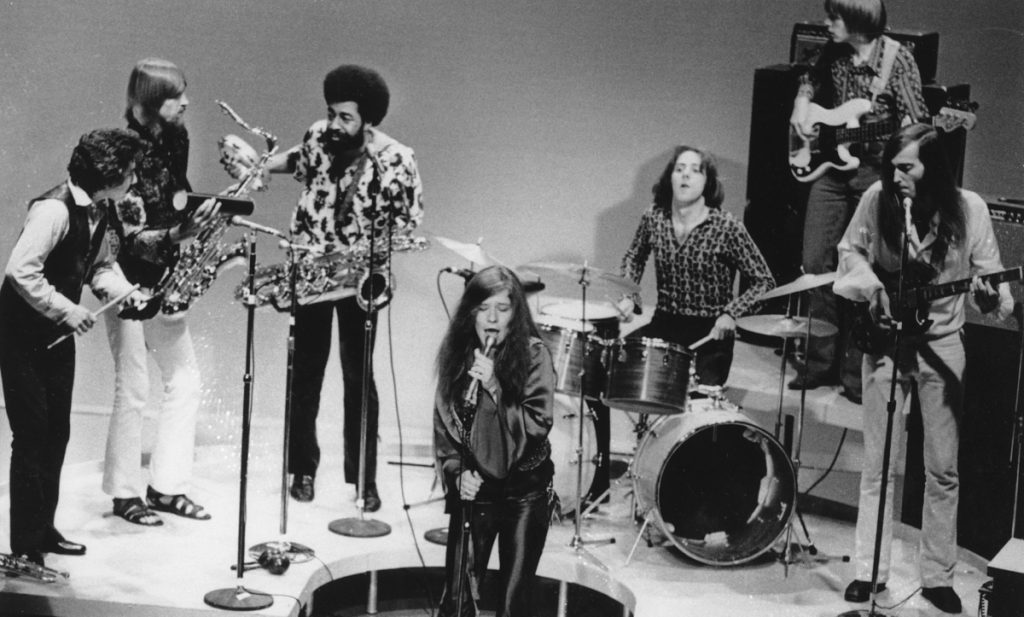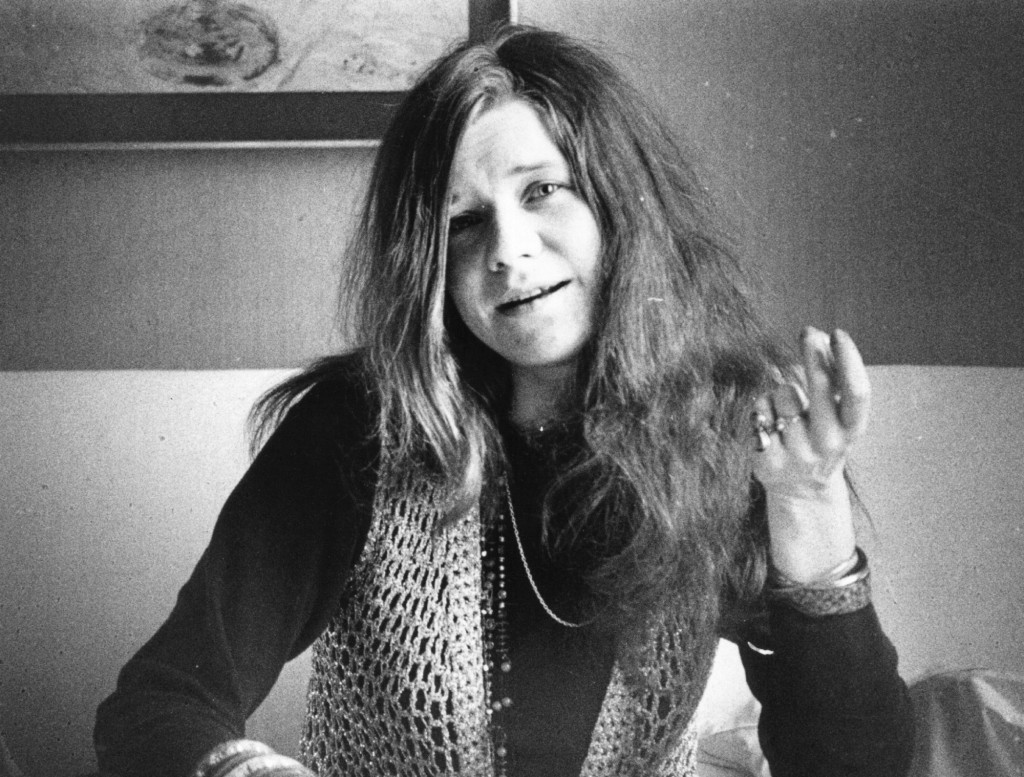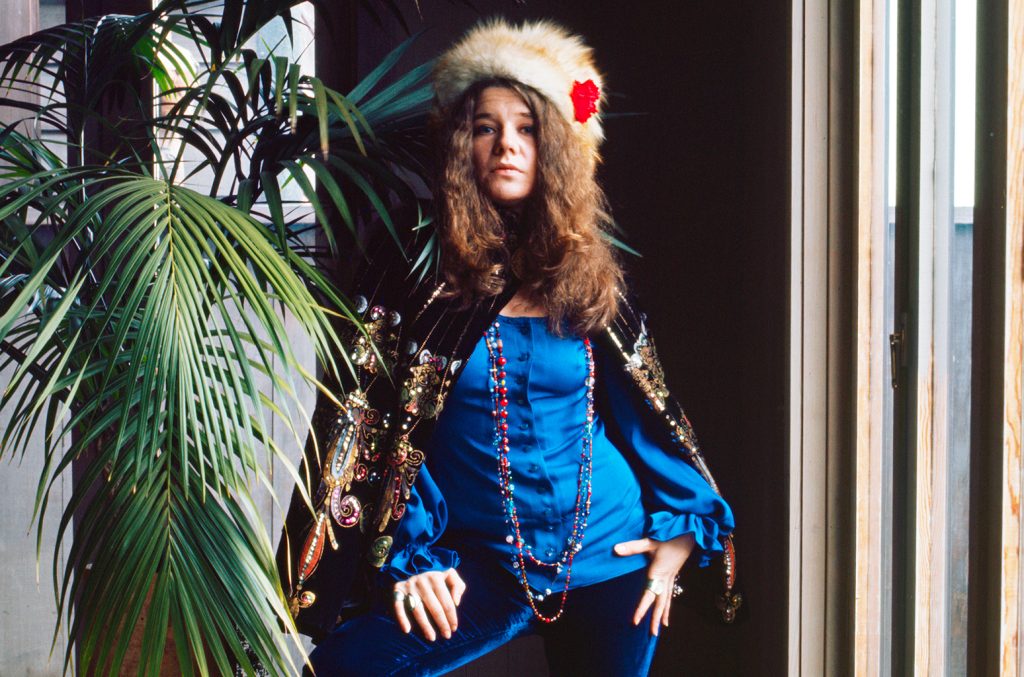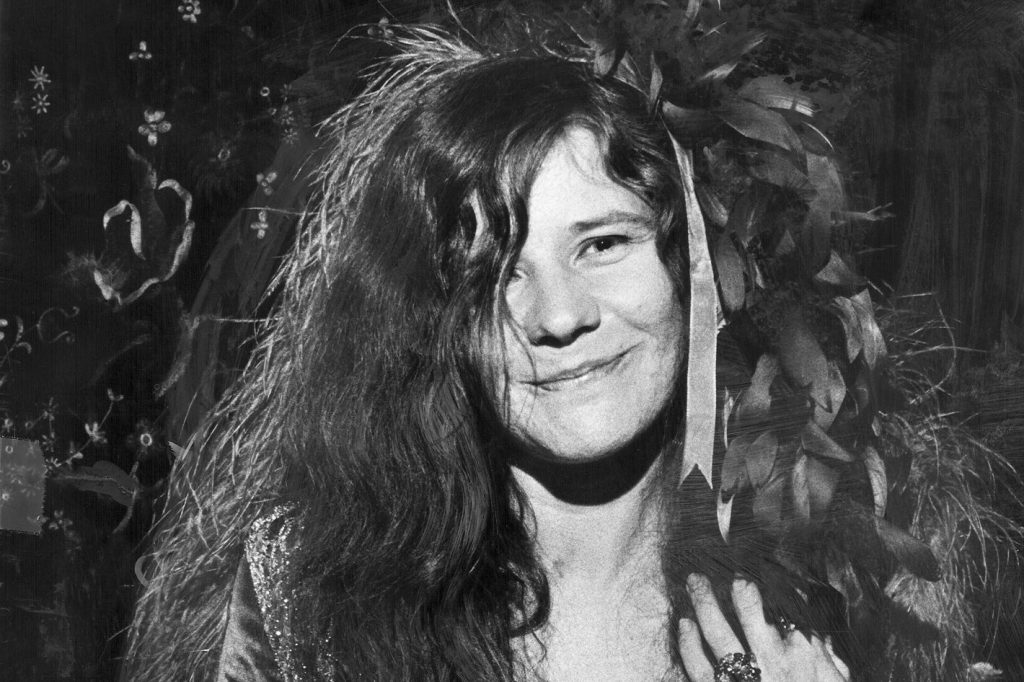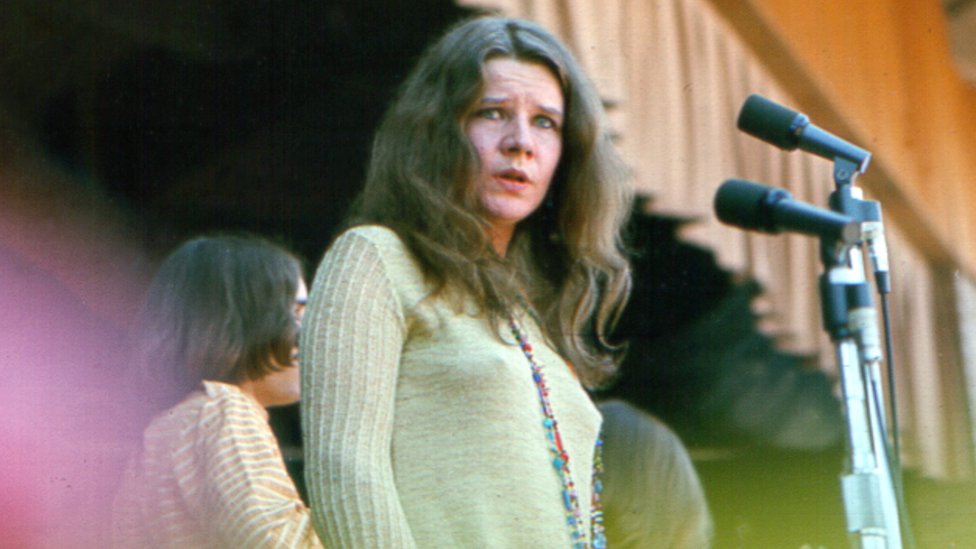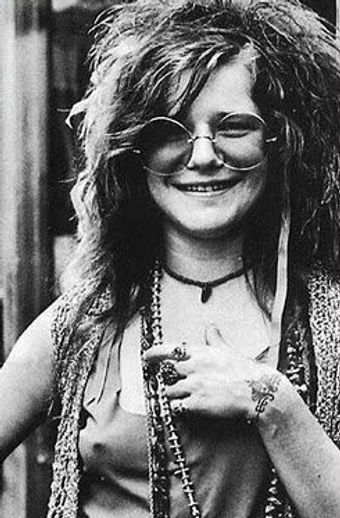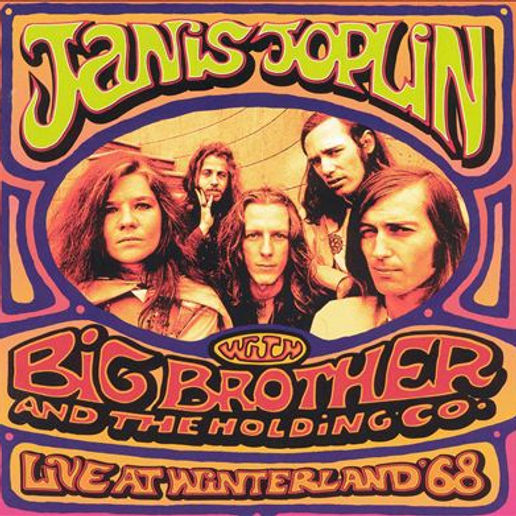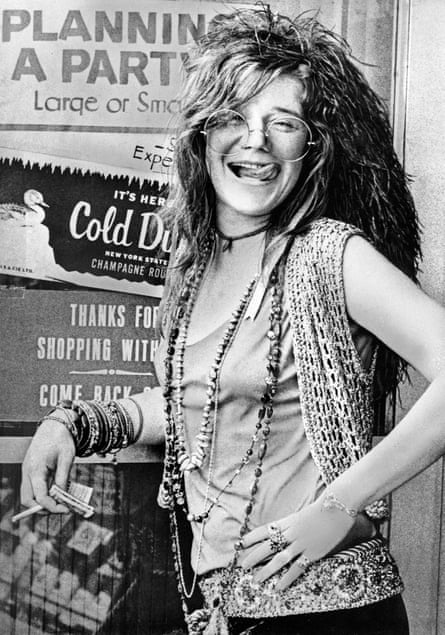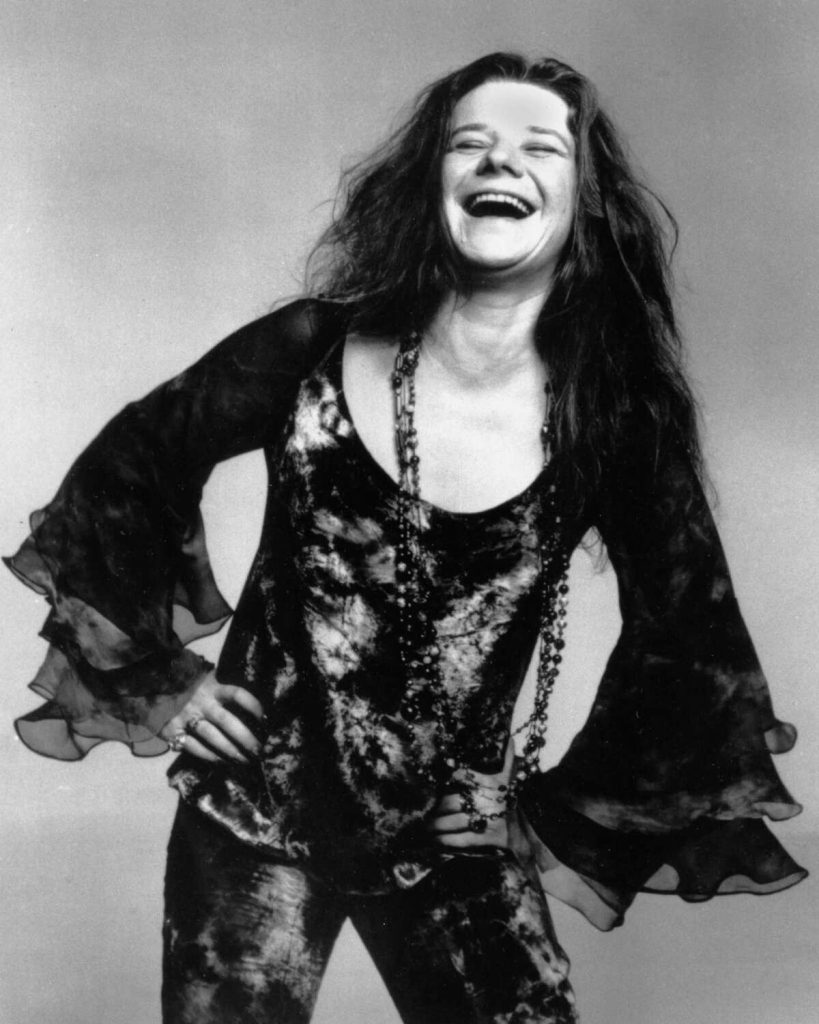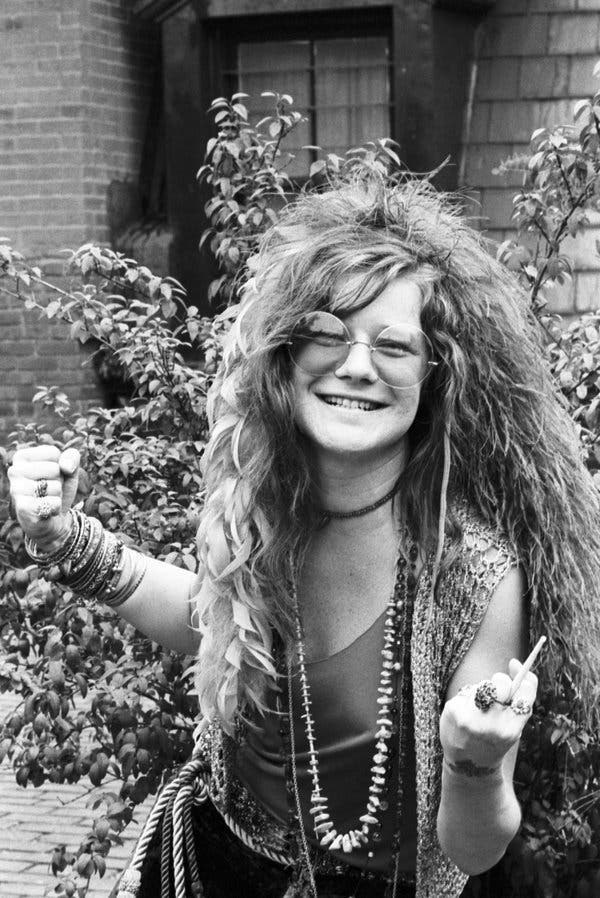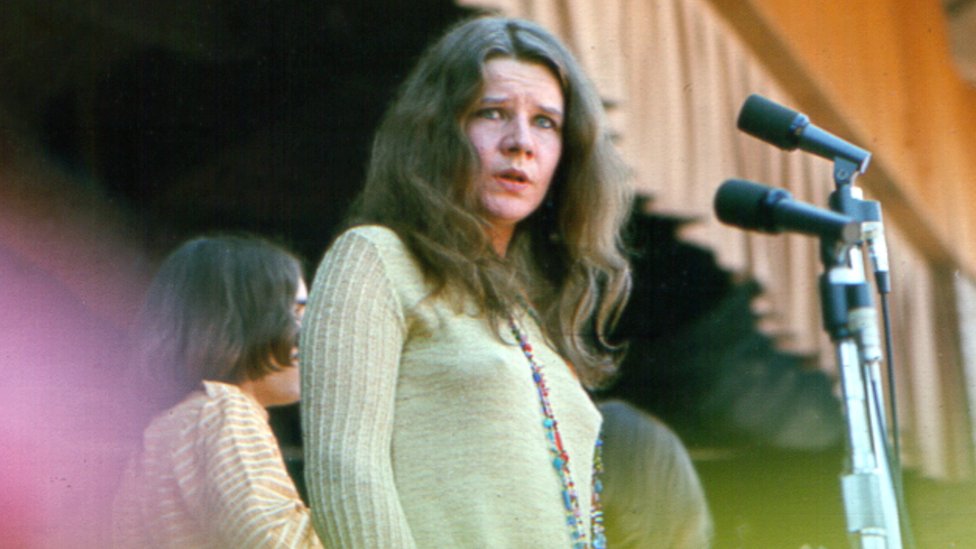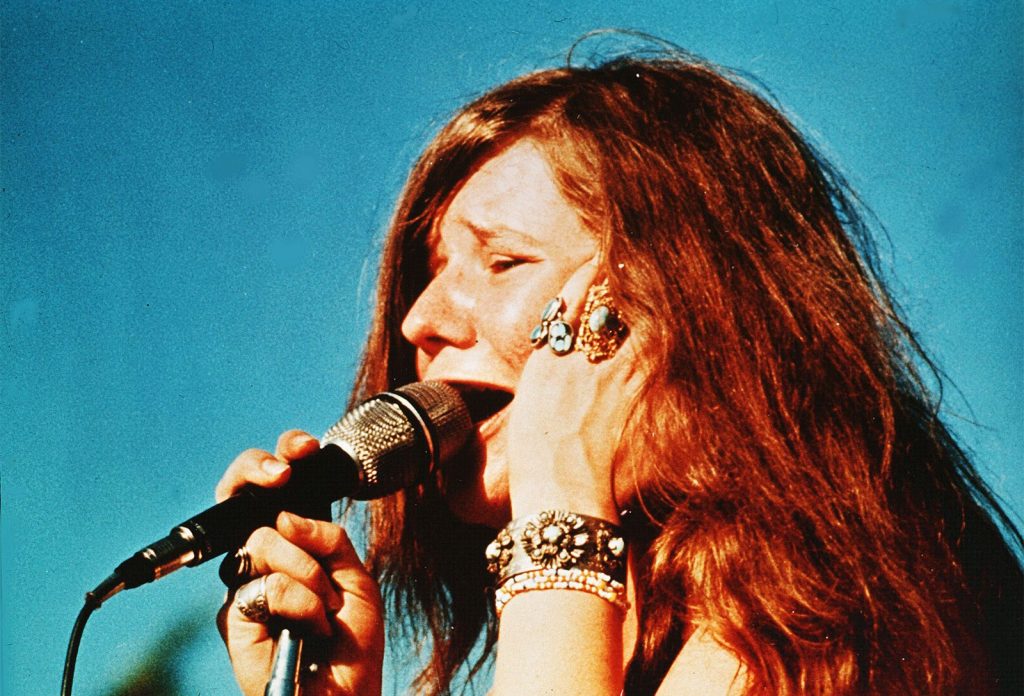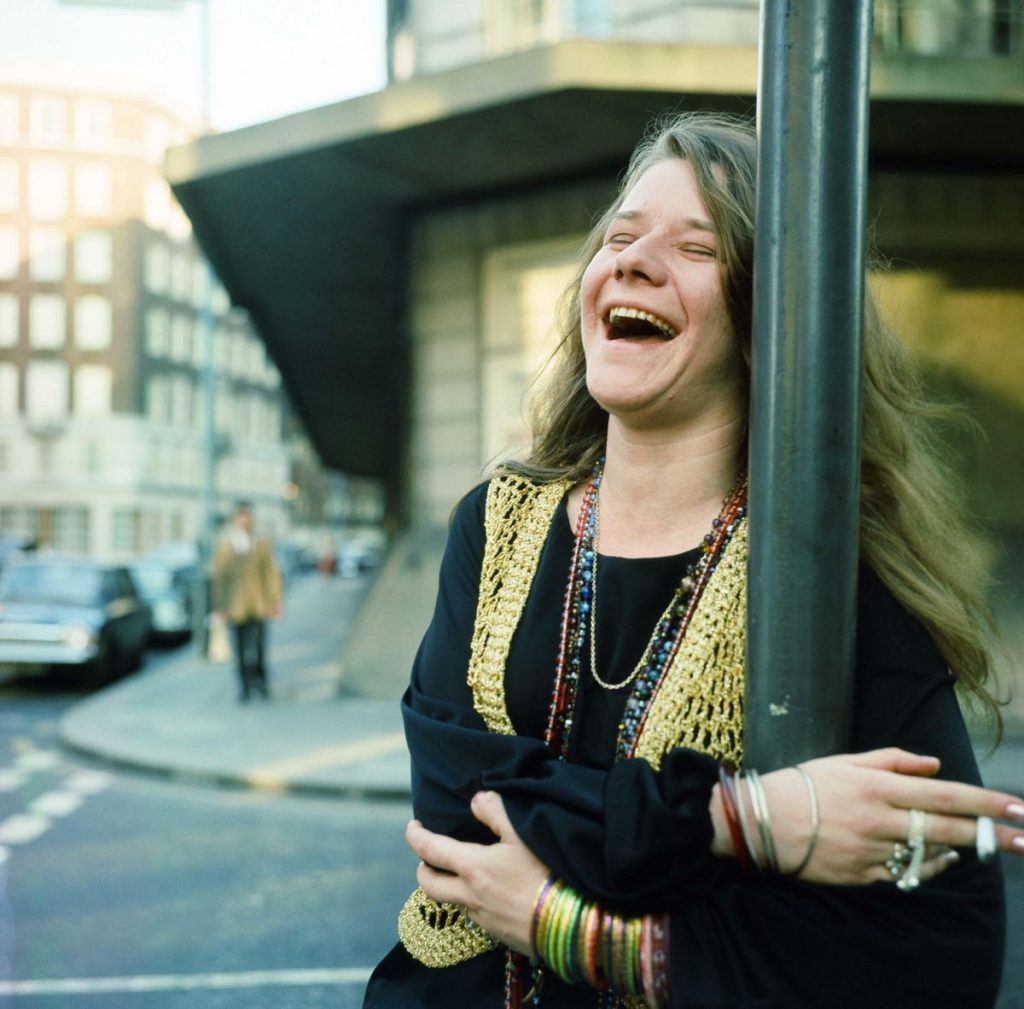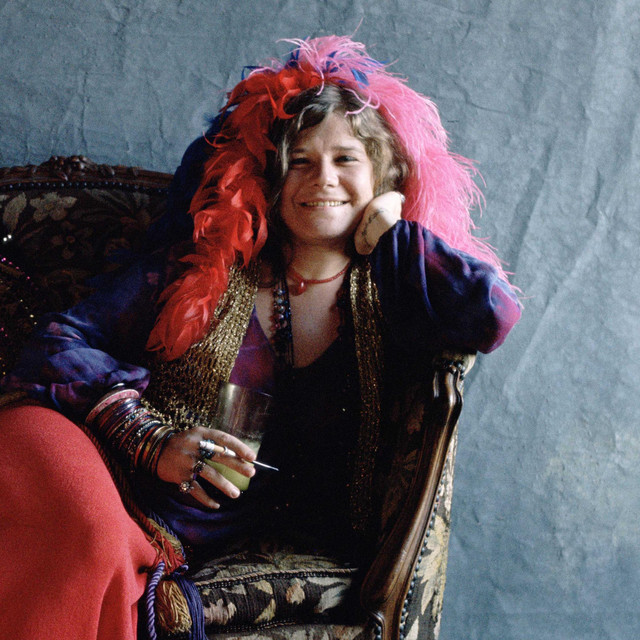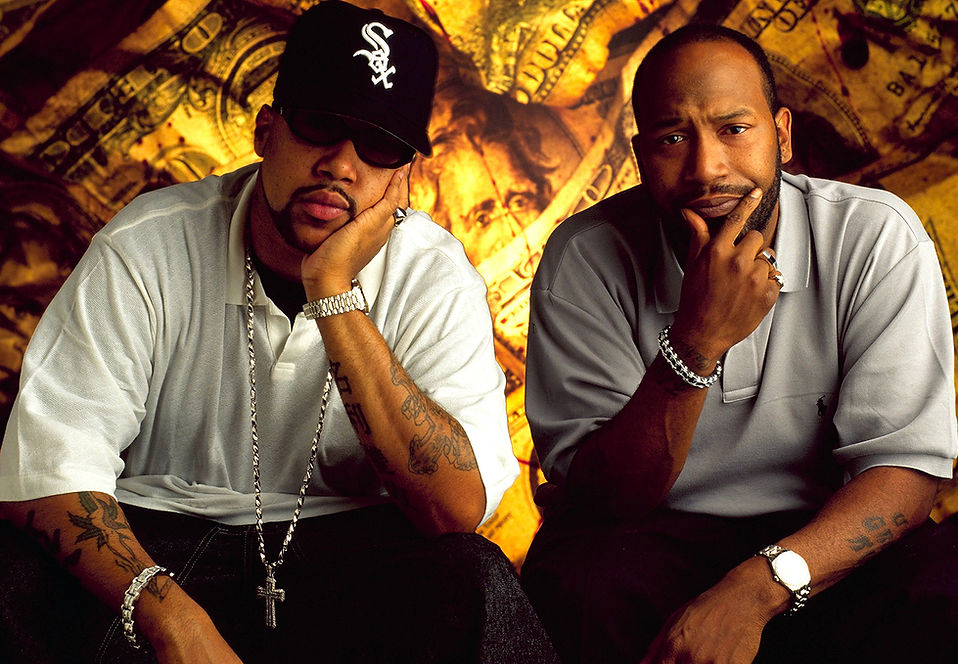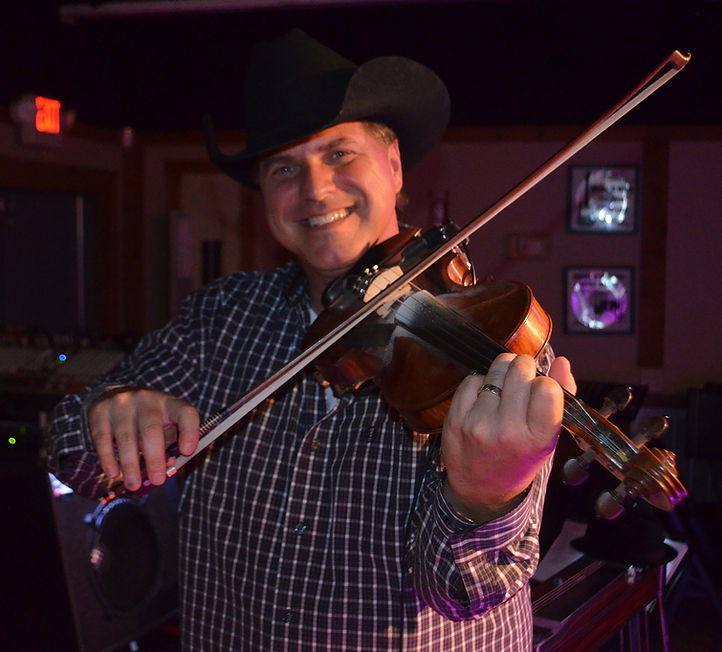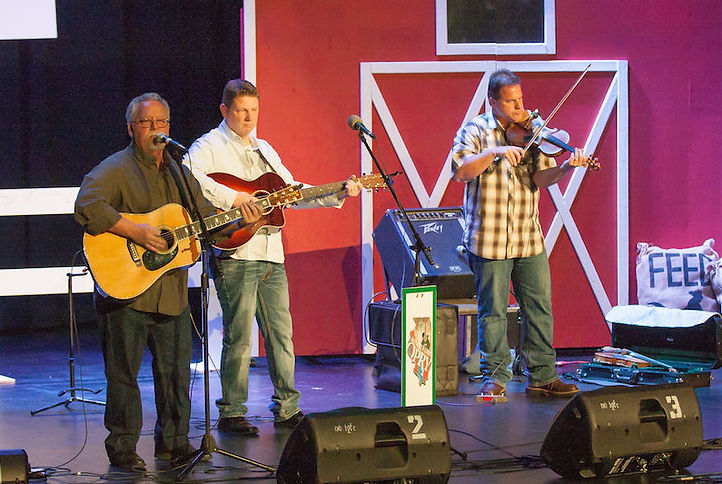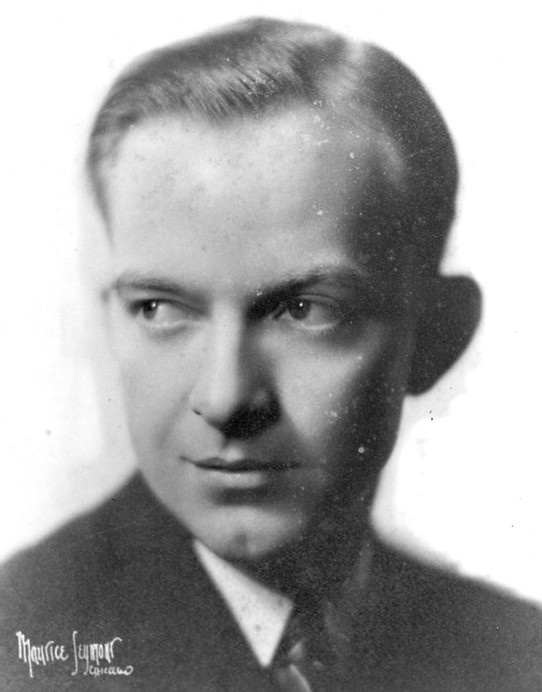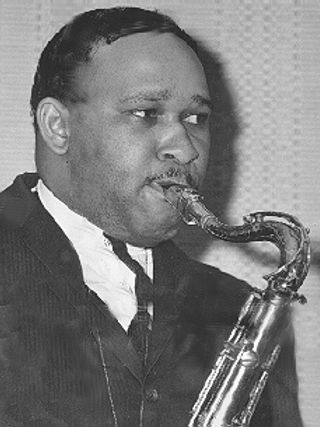Illustrious Port Arthurans: Music
PORT ARTHUR, TEXAS
Click a link below to read about Port Arthur's music superstars
notable resident: Clifford Antone
Bringing the Blues to the World
Clifford Antone’s roots begin in Port Arthur, Texas. Born into a large American family of Syrian and Lebanese descent, Clifford had an enduring love for his family and his heritage. Clifford developed an affection for the music he grew up with. That passion was nurtured in his hometown, a blue-collar refining area lying east of Houston and across the Sabine River from Louisiana. It is a unique cultural crossroad, soaking up all the sounds of the region: Country music, Zydeco, Cajun, Swamp Pop, Soul, Gospel, Rock ‘n’ Roll, and, of course, the Blues.
Clifford opened the first incarnation of Antone’s in an old department store on Austin’s East Sixth Street. It was a rough neighborhood back then. He filled his club with an eclectic collection of artists, like Clifton Chenier from his hometown, Lightnin’ Hopkins, and Albert Collins. He also booked the giants: B.B. King, Ray Charles, Muddy Waters, Jimmy Reed, Albert King, and Buddy Guy.
Antone’s operated on a simple principle: blues musicians were American masters, like William Faulkner and Georgia O’Keeffe, and they were deserving of the same respect.
Clifford also mentored over an expanding group of young Austin musicians who wanted to play on the big stage. Every night, the veterans took the young-bloods to school.
What arose was a thriving blues scene that Austin could call its own. The Fabulous Thunderbirds and Stevie Ray Vaughan went on to become bona fide stars, but locals like Angela Strehli, Paul Ray and the Cobras, Marcia Ball, Lou Ann Barton, Doyle Bramhall, Doyle Bramhall II, Denny Freeman, Derek O’Brien, Charlie Sexton, Sue Foley, The Moellers, and the Keller Brothers could hold their own anytime.
Antone’s also nurtured other kinds of Austin music. Multi-talented songwriter and artist Bob Schneider held down a residency for years. Country-rocker Joe Ely loved playing the club. The fabulous Doug Sahm and even Willie Nelson found themselves on Antone’s stage from time to time.
Clifford inspired and encouraged young musicians all of his life. Gary Clark, Jr., who enjoys international success today, started there at age 15, with Clifford beaming from the wings. Gary was one of the last of a long line of youngsters that he took under his wing.
Antone’s generosity was legendary. Time and again, when a blues legend would come down from places like Chicago, Clifford would dig deep and pay for dental work, a doctor’s visit, or help out with a bill they couldn’t afford. Towards the end of his life, he virtually adopted Pinetop Perkins, Muddy Waters’ famed piano player.
He also gave back in other ways, most notably through his “Help Clifford Help Kids” benefit shows for American Youth Works. Clifford Antone passed away in 2006.
Despite five relocations, Antone’s “Home of the Blues,” survives today on east 5th street in Austin, Texas. Local musicians still mix it up with touring stars, and devotees worldwide and pay homage to their favorites. For his efforts, Clifford was inducted into the Austin Music Hall of Fame in 1985. He was enshrined into the Blues Foundation’s Hall of Fame in 2009, and the Austin Music Memorial in 2010.
The Clifford Antone Foundation continues the work of honoring the past and investing in our musical future. This foundation is perhaps his most important legacy. The Clifford Antone Foundation is an Austin nonprofit that partners with organizations to provide for veteran musicians and encourage the next generation.
In the early 2000s, Clifford taught a course at the University of Texas and at Texas State University called “The Blues According to Clifford Antone.” Clifford Antone was a scholar of the blues all his life, and it all started with his early years growing up in Port Arthur, TX.
notable resident: Becky Barksdale
Six Strings and love of the blues
Becky Barksdale grew up in Port Arthur, TX. Becky’s grandfather gave her a guitar when she was twelve years old, and by the time she was sixteen, she was gigging with local musicians.
A rare performer, Becky Barksdale embodies the vast Texas blues guitar tradition of Freddie King, the assertive independence of Bessie Smith, and the raw, passionate vocals of Janis Joplin. “My biggest influences were all of the other musicians I played with,” she asserts.
After working with boogie-blues masters Canned Heat, Barksdale landed the lead guitar spot with Michael Jackson, adding some fiery punch to his 1993 Dangerous World Tour.
The first artist to be signed by the House of Blues music company, Barksdale completed two compilations before releasing Real Live, a gripping mélange of electric blues and steamy rock. Cowgirl Blues, an EP of five original songs, unearthed her country roots (two great uncles were members of the Sons of the Pioneers). Blues Revue Magazine declared that there was “More emotion packed into the dozen real-deal blues tracks on Out of the Blue than racks of others.”
Those unfamiliar with Barksdale’s discography will often recognize her musical compositions on numerous trailers and soundtracks for popular motion pictures like Mission Impossible III, Straight Outta Compton, Wild, Terminator, Predator, Inception, Munich, Cold Mountain, Finding Neverland, and Captain America: The Winter Soldier. Especially noteworthy is a rendition of “Amazing Grace” for The Texas Chainsaw Massacre: The Beginning.
Of her live shows, Guitar Player Magazine writes that she plays with an “unearthly intensity.” Fender Frontline Magazine adds that she plays with “soft crying bends” and “solos that sting like well-placed uppercuts.”
Ultimately, for Barksdale, interacting with an audience is more fun than toil. “This may sound weird,” she insists, “but often, I’ll walk off the stage and won’t know what happened. I get into this zone where I feel completely connected with everyone in the place, and nothing else matters. It’s the ultimate vacation.”
notable resident: Jivin' Gene Bourgeois
Reaching the top of the charts
When the band he put together in high school was paid with all the crawfish they could eat, Port Arthur’s Jivin’ Gene was on the path to Swamp Pop stardom.
Rewinding to a few years earlier, Bourgeois’ brother came home from a hunting trip with a guitar, Bourgeois bought a book on how to play it, taught himself to play and started a garage band, Gene and The Saints. His friends John Piggot also played guitar and Butch Landry played the drums, and soon Jimmy Fowler was added on piano and they began playing at sock hops and high school functions. High schoolers themselves, they played at the Beehive in Port Arthur for teen dances where they were paid in all the crawfish they could eat..
Gene and The Saints grew into Gene and the Jokers and while playing at Stewart’s Club one night, Huey Meaux walked in. Record producer Meaux had a cajun music program on Port Arthur radio station KPAC. Bourgeois had already written and was performing what would become his two biggest hits, “Out With the Tide,” and “Breaking Up is Hard to Do.” He asked Meaux if he would like to record his songs.
To keep the costs down with an unproven talent, Meaux recorded “Out With the Tide ” at the radio station. Gene’s vocal tracks were recorded in the restroom. Meaux also gave Bourgeois his nickname – Jivin’ Gene.
“Going Out With the Tide” and “Breaking Up is Hard to Do” were hits. Released in 1959, “Breaking Up is Hard to Do” has also been recorded by artists including Cookie and the Cupcakes, Freddy Fender and Jimmy Vaughn.
Bourgeois worked on the Trans-Alaska Pipeline during the 1970s. For many years, he worked construction through Insulators Local No. 22, along with fellow musician John Piggot. When Piggot asked him to play at some dances, Bourgeois returned to music and soon after recorded an album appropriately titled “It’s Never Too Late.”
He still performs and is sometimes seen in local venues around Southeast Texas.
notable resident: Zachary Breaux
Champion on the Links
At North Texas, Breaux performed with the One O’clock Band while studying with mentor Donald Byrd. He left Texas in the late 1980s for New York City, performing as a sideman for musicians such as Ronnie Laws and Roy Ayers. Breaux received notice as a musician in his own right in 1982 when he substituted for a sick Ayers at a gig. By 1993, Zachary had moved out on his own, developing his unique style of jazz.
Breaux tempered a southern-style blues tradition with a combination of funk and hip-hop. One critic described Breaux as playing with a bluesy style, with lots of warmth while using an economy of notes. In the short time before his death, Breaux produced three CDs in which he composed, arranged, and performed virtually all of the music without accompaniment. His efforts included “Groovin,” “Laidback,” and “Uptown Groove,” which reached #14 on Billboard’s Contemporary Jazz chart and featuring an appearance by fellow Port Arthuran, Ted Dunbar. Breaux toured extensively throughout the world and made an appearance in the musical documentary Jazzmatazz.
His character was displayed in 1988 when he saved a man from drowning in a riptide on the coast of Italy. Tragically, in 1997, at the peak of his career, he died attempting a similar rescue while on vacation with his family in Miami. He was trying to save the life of an elderly woman who had been caught in a powerful riptide. Both Breaux and the woman died. He has been posthumously honored for his musical contributions by such entities as the Texas State House of Representatives and Atlanta’s mayor.
He was inducted into the Music Hall of Fame at the Museum of the Gulf Coast in 1997.
notable resident: C.J. Chenier
Following in his father's footsteps
Clayton Joseph (C.J) Chenier was born September 28, 1957, and is the son of the legendary King of Zydeco, Clifton Chenier. C.J.’s father was the first Creole musician to win a Grammy Award. C.J. spent his childhood in the tenement housing projects of Port Arthur, Texas. His earliest musical influences were an eclectic mix of funk, soul, jazz, and Motown, and his first musical instruments were piano, tenor saxophone, and flute. As a teenager in the early 1970s, he played in black Top 40 bands in Port Arthur.
It wasn’t until his 21st birthday, after winning a scholarship and studying music at Texas Southern University, that C.J. first performed with his famous father and the legendary Red Hot Louisiana band. On the road, his father showed him how to front a world-class touring band and run the family business. Along the way, C.J. developed a passion for Zydeco music that had eluded him in his youth. By 1985, as his father was growing ill from diabetes, he invited Chenier to start playing the accordion in a more significant role with the band and open the shows. When Clifton died in 1987, his son said it only felt natural to carry on the legacy, and he stepped up to lead the Red Hot Louisiana Band.
He recorded his debut album for the great American independent label Arhoolie Records. Paul Simon first heard Chenier in 1990 and featured him on the album The Rhythm of the Saints and that year’s ‘Born at The Right Time’ tour. Chenier won the 1997 Living Blues’ Critics’ Poll Award and also an AFIM Indie Award for Best Zydeco Album for his next release, The Big Squeeze. In 2001, Chenier played in front of 60,000 fans at the Chicago Blues Festival.
Chenier has stated that he does not imitate his father’s playing: “I play it the way I play it. All my father really told me was to do the best I could do with my own style.” C.J. Chenier was inducted into the Museum of the Gulf Coast, Music Hall of Fame, in January of 2019.
notable resident: Harry Choates
Godfather of Cajun Music
Known as the “Godfather of Cajun Music” and “the Fiddle King of Cajun Swing,” Harry Choates moved to Port Arthur, Texas in 1930’s with his mother and began playing the fiddle in barbershops at age 12 for nickels thrown to him. He received little schooling, instead spending time in local bars listening to music on jukeboxes. By age 12, he started playing fiddle for spare change in barbershops.
He gained early professional experience playing in the bands of Leo Soileau and Leroy Leblanc, then split off to form his own group called the Melody Boys in 1946. His 1946 song “Jole Blon” was a top 10 hit (Billboard position #4) for Choates, was recorded under the Gold Star Records label. Since Goldstar could not keep up with the demand for “Jole Blon”, the record was co-released under another label.
Later, it was recorded by country singer Moon Mullican and became a major hit, but Choates had waived his rights to the song and was never compensated for its success. Other hits include “Basile Waltz,” “Port Arthur Waltz,” “Poor Hobo,” and “Grand Mamou.”
In the middle of 1951, Choates was found to be in contempt of court for failing to pay his child support. He spent three days in the Travis County Jail, at which time he began hitting his head against the bars of his jail cell, eventually knocking himself into a coma. The condition persisted for several days before Choates died of the effects of his alcoholism on July 17, 1951.
Choates is known as the “Parrain de la musique cajun” (“Godfather of Cajun music”) mainly because of his introduction of vocal wailing throughout his music. In 2014, Rolling Stone magazine ranked Harry Choates’ version of “Jole Blon” number 99 in their list of the 100 greatest country songs.
notable resident: Ted Dunbar
Inspired by Duke Ellington
Born in Port Arthur in 1937, Ted Dunbar’s musical interest began at age seven after attending a Duke Ellington concert with his mother. By age 10, having become proficient in both guitar and trumpet, he began playing professionally. Dunbar attended Texas Southern University to study pharmacology in the late 1950s. After graduation, Dunbar took a job with the Hook drug chain in Indianapolis. There he heard a performance by influential jazz guitarist Wes Montgomery, whose mellow style became a lifelong influence. He studied with Montgomery and Dave Baker, developing an interest in modal jazz.
While continuing to work as a pharmacist, Dunbar moved to New York City in 1966. He amassed a wide range of experience playing in theater orchestras, small groups, and big bands.
In 1972, Dunbar became the first “jazz professor” at Rutgers University. His imprint on that institution was just as large as his impact on the jazz world. His former students include Kevin Eubanks, a fusion guitarist and leader of the house band for The Tonight Show with Jay Leno. He also performed with the Rutgers Livingston Jazz Professors, touring the U.S. and Southern Africa.
Dunbar also achieved success as a composer, arranger and publisher, composing twenty-five original pieces, arranging several albums and publishing four volumes concerning jazz. He toured the U.S. and abroad. The venues included Carnegie Hall and the Kennedy Center with artists Gil Evans, Billy Taylor, and Sonny Rollins, among others.
Like Wes Montgomery, Dunbar used his thumb to pick the strings of his guitar, creating a subtler sound that led some listeners to overlook his idiosyncratic music. Perhaps his finest showcase is “Jazz Guitarist,” a 1982 solo guitar recording in which he took on several demanding pieces written for the piano. His honors include the Outstanding Guitarist Award from Downbeat Magazine and a nomination in Ebony Magazine’s “Black Music Poll” of outstanding musicians.
notable resident: Ivory Joe Hunter
happiest man in the world
“Ivory” Joe Hunter was born in Kirbyville, Texas, and moved to Port Arthur at an early age. Born into a large and musically accomplished family, his father was a guitarist and preacher, and his mother sang spirituals. Hunter’s parents died when he was still young, and he lived with various relatives. Only 13, he learned to play the piano mainly by ear before his godmother saw to it that he had formal music lessons.
He continued to play the piano in grade school and at Lincoln High School in Port Arthur. He also sang with the local Albert Church choir and with several gospel quartets. As word of his performances grew, people came from all over Texas to hear Hunter’s gospel solos at the Albert Church. At 16, Hunter was recorded for the Library of Congress by Alan Lomax, a folk researcher.
Hunter continued to work on his own until about 1935 when he put together a band with his brother Lee. They played in a variety of clubs in Beaumont, Port Arthur, Orange, and Houston. By this time, Hunter had become interested in musical styles beyond the gospel and spirituals of his childhood and began to write some of his own blues songs.
In 1943, Hunter made his first record, “Blues at Sunrise,” on his own label, Ivory Records, out of Oakland, California.
Ivory Records was one of the first black-owned recording studios. The song was a regional success, but the recording label was short-lived. Hunter moved to Berkeley, California, and founded Pacific Records with three deejays from KER Radio. Hunter wrote and recorded many national hits. His compositions were also covered by a number of popular artists of the day, including Elvis Presley, who had two number one hits with “Ain’t that Loving You Baby” and “My Wish Came True.”
Although he was extremely successful as a rhythm and blues artist, in 1950, Hunter crossed over to pop music. His pop career reached its height that year with MGM Records. He was consistently in the top ten of the R & B charts with songs like “Landlord Blues,” “I Need You So.” “I Almost Lost My Mind” was the biggest hit of his career, reaching number one on the R & B charts and moving to the bestseller lists in England and Europe.
After 1950, Hunter’s career slowed, and his contract with MGM was not renewed. In the mid-50s, he signed with Atlantic and again hit the top 10 with “Since I Met You Baby,” and he was presented with a gold record on the Ed Sullivan Show. Hunter recorded less but continued to write and, by 1972, had written an astounding 7,000 songs.
Shortly before he died of cancer in 1974, Hunter was given a tribute at the Grand Ole Opry for his recording of Hank Williams songs. He also received a BMI Songwriter Award that year. After his death, the Texas Legislature passed a resolution paying tribute to Hunter and his contributions to millions in Texas and around the world. His remains were buried in his native Kirbyville. While performing, he was billed as The Baron of the Boogie and The Happiest Man Alive.
notable resident: Janis joplin
'Queen Of Psychedelic Soul'
Janis Lyn Joplin is one of the most iconic, enduring, influential musicians in the history of Rock n’ Roll. She is known as both the “The Queen of Rock” and “The Queen of Psychedelic Soul.”
Janis had a difficult time growing up in Port Arthur. She enjoyed art and was a free spirit who was often mocked by her classmates at Thomas Jefferson High School. As a teenager, she found solace listening to blues artists Bessie Smith, Big Mama Thornton, and Lead Belly, both at her friend’s homes and at the local library.
Joplin graduated from high school in 1960 and attended Lamar State College of Technology in Beaumont, during the summer and later the University of Texas at Austin. Her daring and unconventional spirit continued to catch the attention of her classmates, even in Austin. The Daily Texan, ran a profile of her on July 27, 1962, headlined “She Dares to Be Different.” The article began, “She goes barefooted when she feels like it, wears Levis to class because they’re more comfortable, and carries her autoharp with her everywhere she goes so that in case she gets the urge to break into song, it will be handy.” While at UT, she performed with a folk trio called the Waller Creek Boys at Threadgills and frequently socialized with the staff of the campus humor magazine The Texas Ranger. Her first song, “What Good Can Drinkin’ Do,” was recorded on tape in December 1962 at a fellow University of Texas student’s home.
Well on her way to developing her famous singing style, Janis dropped out and left Texas in January 1963, hitchhiking with her friend Chet Helms to San Francisco. Still in San Francisco in 1964, Joplin and future Jefferson Airplane guitarist Jorma Kaukonen recorded a number of blues standards, which incidentally featured Kaukonen’s wife Margareta using a typewriter in the background.
In May 1965, Joplin’s friends noticed the toll methamphetamine usage was having on her, and persuaded her to return to Port Arthur. During that month, her friends threw her a bus-fare party so she could return to her parents in Texas.
Back in Port Arthur in the spring of 1965, Janis changed her lifestyle. She avoided drugs and alcohol, adopted a beehive hairdo, and enrolled as an anthropology major at Lamar University. She often traveled to Austin to sing solo, accompanying herself on acoustic guitar.
Joplin became engaged to Peter de Blanc in the fall of 1965. She had begun a relationship with him toward the end of her first stint in San Francisco. Now living in New York where he worked with IBM computers, he visited her to ask her father for her hand in marriage. Joplin and her mother began planning the wedding. De Blanc, ended the engagement soon afterward.
During this time, she recorded seven studio tracks with her acoustic guitar. Among them was her original composition for the song “Turtle Blues” and an alternate version of “Cod’ine” by Buffy Sainte-Marie. These tracks were later issued as a new album in 1995, titled This is Janis Joplin 1965.
In 1966, her old hitchhiking buddy Chet Helms, who had known her in Texas, sent his friend Travis Rivers to find her in Austin and to bring her back to San Francisco. Helms was now managing the band Big Brother and the Holding Company. Aware of her battles with drug addiction, Rivers insisted that she inform her parents face-to-face of her plans, and he drove her from Austin to Port Arthur (he waited in his car while she talked with her startled parents) before they began their long drive to San Francisco. Joplin joined Big Brother on June 4, 1966. Her first public performance with them was at the Avalon Ballroom in San Francisco. They often partied with the Grateful Dead, who lived less than two miles away. She had a short relationship and longer friendship with founding member Ron “Pigpen” McKernan.
Joplin and Big Brother began playing clubs in San Francisco, at the Fillmore West, Winterland, and the Avalon Ballroom. They also played at the Hollywood Bowl in Los Angeles, as well as in Seattle, Washington, Vancouver, British Columbia, the Psychedelic Supermarket in Boston, Massachusetts, and the Golden Bear Club in Huntington Beach, California.
The band’s debut studio album, Big Brother & the Holding Company, was released by Mainstream Records in August 1967, shortly after the group’s breakthrough appearance in June at the Monterey Pop Festival. The debut album spawned four minor hits with the singles “Down on Me,” a traditional song arranged by Joplin, “Bye Bye Baby,” “Call On Me,” and “Coo Coo,” on all of which Joplin sang lead vocals. They made their television debut on The Dick Cavett Show in 1968. Vogue magazine called Janis “the most staggering leading woman in rock.”
Big Brother’s second album, “Cheap Thrills” included the hits “Piece of My Heart” and “Summertime,” No. 1 on the Billboard 200, it sold over a million copies in the first month.
Three days after the assassination of Martin Luther King Jr. and the last day of their East Coast tour—Joplin and Big Brother performed with Jimi Hendrix, Buddy Guy, Joni Mitchell, Richie Havens, Paul Butterfield, and Elvin Bishop at the “Wake for Martin Luther King Jr.” concert in New York.
In 1968, Time magazine called Joplin “probably the most powerful singer to emerge from the white rock movement,” and Richard Goldstein wrote for the May 1968 issue of Vogue magazine that Joplin was “the most staggering leading woman in rock … she slinks like tar, scowls like war … clutching the knees of a final stanza, begging it not to leave … Janis Joplin can sing the chic off any listener.”
Despite this success, Janis felt the need to work with more gifted musicians. Aside from two 1970 reunions, Joplin’s last performance with Big Brother was at a Chet Helms benefit in San Francisco on December 1, 1968.
Joplin formed a new backup group, the Kozmic Blues Band, composed of keyboardist Stephen Ryder, saxophonist Cornelius Flowers, former Big Brother guitarist Sam Andrew, and bassist Brad Campbell.
Joplin appeared at Woodstock on Sunday, August 17, 1969. Initially, Joplin was eager to get on the stage and perform but was repeatedly delayed as bands were contractually obliged to perform ahead of Joplin. Faced with a ten-hour wait after arriving at the backstage area, Joplin finally took the stage at 2 a.m. She frequently engaged with the crowd, asking them if they had everything they needed. After her set, the audience cheered for an encore, to which Joplin replied and sang “Ball and Chain.”
During this time, she also briefly dated Johnny Winter and appeared with him on stage at Madison Square Garden. According to her younger sister, Laura, Janis told her parents how much she loved Woodstock, but they did not understand the hippie movement. Her mother felt Janis had a constant need for attention, and she did not approve of her daughter’s lifestyle.
When Kosmic Blues did not live up to Joplin’s expectations, she created the Full Tilt Boogie Band in 1970. The band was comprised mostly of Canadian musicians previously associated with Arkansan Ronnie Hawkins and featured an organ but no horn section. Joplin took a more active role in putting together the Full Tilt Boogie band than she did with her prior group. She was quoted as saying, “It’s my band. Finally, it’s my band!” In May 1970, Full Tilt Boogie Band began a nationwide tour. Joplin became very happy with her new group, which eventually received mostly positive feedback from both her fans and the critics.
Among Joplin’s last public appearances were two broadcasts of The Dick Cavett Show. In her June 25, 1970 appearance, she announced that she would attend her ten-year high school class reunion. When asked if she had been popular in school, she admitted that her schoolmates “laughed me out of class, out of town and out of the state” Although this quote is often used to refer to her hometown, it is also arguably a reference to her time in Austin (during the year she had spent at the University of Texas, Joplin had been publicly derided by a fraternity).
Joplin checked into the Landmark Motor Hotel in Hollywood on August 24, 1970, near Sunset Sound Recorders, where she began rehearsing and recording her album. During the sessions, Joplin continued a relationship with Seth Morgan, a 21-year-old UC Berkeley student and future novelist who had visited her new home in Larkspur in July and August. She and Morgan were engaged to be married in September.
On September 26, 1970, Joplin recorded vocals for “Half Moon” and “Cry Baby.” The session ended with Joplin, organist Ken Pearson, and drummer Clark Pierson making a special one-minute recording as a birthday gift to John Lennon. Joplin was among several singers who had been contacted by Yoko Ono with a request for a taped greeting for Lennon’s 30th birthday on October 9. Joplin, Pearson, and Pierson chose the Dale Evans composition “Happy Trails” as part of the greeting. Lennon told Dick Cavett on-camera the following year that Joplin’s recorded birthday wishes arrived at his home after her death. The last recording Joplin completed was on October 1, 1970—”Mercedes Benz”.
Her Port Arthur high school classmate, renowned artist Robert Rauschenberg had dinner with her the next night and stated that she was extremely happy and excited about the way her recording sessions were progressing.
On Saturday, October 3, Joplin visited Sunset Sound Recorders to listen to the instrumental track for Nick Gravenites’s song “Buried Alive in the Blues,” which the band had recorded earlier that day. Although she was upset with her fiancée, people at Sunset Sound Recorders remember her joy at the progress of the sessions and that she was exhilarated by the prospect of doing her scheduled vocal on Sunday.
On October 4, 1970, producer Paul Rothchild went to look for Janis when she did not show for the session and discovered she had died from a heroin overdose. According to a 1983 book authored by Joseph DiMona and Los Angeles County coroner Thomas Noguchi, evidence of narcotics was removed from the scene by a friend of Joplin and later put back after the person realized that an autopsy was going to reveal that narcotics were in her system. Noguchi performed an autopsy on Joplin and determined the cause of death to be a heroin overdose, possibly compounded by alcohol. Cooke believed the singer had been given heroin that was much more potent than what she and other L.A. heroin users had received on previous occasions, as was indicated by overdoses of several of her dealer’s other customers during the same weekend. Her death was ruled accidental.
The last person to see her was the Landmark’s night shift desk clerk. He had met her several times but did not know her. Joplin was cremated at Pierce Brothers Westwood Village Memorial Park and Mortuary in Los Angeles, and her ashes were scattered from a plane into the Pacific Ocean.
Joplin’s will funded $2,500 for a party to be thrown in her honor. Her second solo album Pearl was released posthumously in 1971, and peaked at No. 1 on the Billboard 200, and was certified quadruple platinum.
Janis was inducted into the Rock and Roll Hall of Fame in 1995 and given a Grammy Lifetime Achievement Award in 2005. She was awarded a star on the Hollywood Walk of Fame in 2013. Rolling Stone ranked Joplin number 46 on its list of the 100 Greatest Artists of All Time and number 28 on its list of the 100 Greatest Singers.
Joplin’s psychedelic 1965 Porsche 356 Cabriolet, formerly displayed at the Rock and Roll Hall of Fame, was auctioned off by Sotheby’s in 2016. It sold for $1.76 million. A replica of this car and some original artwork by Janis can be seen at the Museum of the Gulf Coast. Janis Joplin is also a member of the Museum of the Gulf Coast, Music Hall of Fame in her hometown of Port Arthur.
notable residents: UGK
underground Kingz
Underground Kingz (UGK) was an American hip hop duo from Port Arthur, Texas, formed in 1987 by Chad “Pimp C” Butler and Bernard “Bun B” Freeman. They released their first major album, Too Hard to Swallow, in 1992. This was followed by their second and third major-label albums Super Tight in 1994 and Ridin’ Dirty in 1996. Both charted in the Billboard 200 and received critical acclaim. The duo was featured on hit singles by other artists, including “Big Pimpin'” by Jay-Z and “Sippin’ on Some Syrup” by Three 6 Mafia.
Pimp C was incarcerated for an aggravated gun assault charge in 2002. Throughout his incarceration, Bun B carried on the UGK name by making numerous guest appearances on songs by other artists, with every appearance either mentioning Pimp C or featuring a “Free Pimp C!” or “Free the Pimp” chant. Many of UGK’s peers did the same and mentioned Pimp C in their own songs with or without Bun B. Pimp C was released from prison in 2005.
Rap-A-Lot Records released Pimp C’s solo debut, Sweet James Jones Stories, in 2005, which featured tracks recorded before his incarceration. Bun B released his solo foray, Trill, which opened at #6 on the Billboard Hot 200, and peaked at #1 on Billboard’s Top R&B/Hip-hop. After Pimp C’s release from prison in December 2005, he put out his second solo album, Pimpalation.
UGK’s self-titled album Underground Kingz debuted at number one on the Billboard 200 in August 2007. Featured guests included Talib Kweli, Too Short, Rick Ross, Z-RO, Three 6 Mafia, Slim Thug, OutKast, and hip-hop legends Kool G Rap and Big Daddy Kane on a Marley Marl-produced track titled “Next Up .” DJ Paul and Juicy J produced the second single, “International Player’s Anthem (I Choose You).” The album received positive reviews both commercially and critically, garnering a 4-star rating from Allmusic, and reached #1 on the Billboard Hot 200 album charts.
On December 4, 2007, Pimp C died of an accidental Promethazine/Codeine syrup overdose combined with sleep apnea. In 2008, “Bun B” released his second album, II Trill. The first single was “That’s Gangsta,” featuring Jamaican American artist Sean Kingston. It debuted at number 2 on the Billboard 200, selling 98,000 copies. Other singles were “Damn I’m Cold,” featuring Lil Wayne, and “You’re Everything,” featuring Rick Ross, David Banner, DJ Corbett, and 8Ball & MJG, the latter was dedicated to the late Pimp C.
Bun B’s third album is Trill OG. In an interview with MTV Live, Bun B stated that 2Pac was set to feature on the album, claiming “It’s a brand new verse.” The album was released under Universal Music Group on August 3, 2010.
At the start of the Spring 2011 semester, Bun B joined the faculty of Rice University as a Distinguished Lecturer. He taught a course in the School of the Humanities on Hip hop and Religion.
notable resident: David Varnado
fiddling with country music greatness
Fiddler David Varnado of Nederland has played for some of country music’s biggest stars, including Loretta Lynn, Ty England, Johnny Paycheck, Sammy Kershaw, Jo-El Sonnier, George Jones, and Neil McCoy. Varnado received the 2017 American Fiddler Association’s Legend Award, the 2018 Johnny Gimble Fiddler of the Year Award, and has been named Fiddler of the Year six times by Texas Country Music Association. In 2020 David was placed on the Star Music Walk of Fame in front of City Hall in Vidor, Texas.
Varnado started playing the fiddle when he was five years old. His father taught him, and by the time he was ten, he was playing in a local Cajun band. His father also brought him to meet the famous Cajun fiddle player Rufus Thibodeaux who mentored him. At eighteen, he started playing with George Dearborne and Branded.
One of his favorite experiences was playing for Chris Ledoux, which he described as “A rockin’ rodeo show. A lot of pyrotechnics and very different from the traditional country music I’d been playing, and I loved it.” He also thought that Loretta Lynn “treated her band like royalty,” which made working for her a pleasure.
Varnado continues to play and record.
notable resident: Joe 'country' Washburn
Postmaster's son earns his fame
Joseph Washburn was born December 28, 1974, in Houston, Texas. An only child, he grew up in Port Arthur, where his father was the postmaster. Joseph learned to play the tuba, and the double bass in his school band, and also enjoyed singing. From his high school band director, he learned how to arrange music for any combination of instruments. After graduating from high school, Joe ventured off to New York to seek work as a musician. A stylish guy, he spoke with a slow Texas drawl, and was given the nickname “Country.”
After playing in several bands, Washburn eventually joined up with the Ted Weems Orchestra. They would gain notoriety for being the band that backed up Elmo Tanner when he was whistling the song “Heartaches.” Washburn was the arranger, tuba player, bass player, singer, and announcer for the band.
Country had his own theme song with the band, “Good Morning, Good Evening, Good Night!” In 1940, the Ted Weems Orchestra was on the radio quiz show, Beat the Band. Contestants would hear song titles, then try to guess how the tune went. Johnny Carson would do the same thing many years later on The Tonight Show. Country Washburn sometimes had a segment on the show in which he told the audience a song title and then played it on his double bass. Beat the Band was sponsored by Kix cereal.
In 1942, Spike Jones, who was the drummer for the John Scott Trotter Orchestra (Bing Crosby’s group), had an interesting idea for starting a new band. It would use the instrumentation from 20 years earlier, which meant that a tuba was used for the bass instrument, instead of the string bass. Washburn was the perfect musician to perform that role in the new band.
notable resident:James 'big sambo' young
Big hit comes back home
Born James Harold Young on Aug. 3, 1937, in Beaumont, Texas, Young became an outstanding singer, saxophonist, and band leader known as “Big Sambo.”
He began performing in nightclubs as a teenager and appeared on the teen dance program “Jive at Five” on KPAC-TV in Port Arthur with his band Big Sambo and the House Wreckers. Their 1962 recording, “The Rains Came,” made the national charts and sold over half a million records… “We recorded ‘The Rains Came’ at Cosimo Matassa’s studio in New Orleans,” recalls producer Huey Meaux. “James had an unusual voice; the vocal we had on the record was really haunting. As soon as we recorded it, I knew we were gonna have a hit.” The song was also a hit recording for the Sir Douglas Quintet in 1966.
When the record was introduced to the Chicago market, it was halted by the NAACP over objections to the use of the name “Sambo.” The band subsequently changed its name. Although they continued to perform and even appeared in “Dr. Goldfoot and the Bikini Machine” starring Vincent Price, the name change made it difficult to capitalize on the name recognition associated with their 1960s hit. The band eventually broke up in the 1970s. Young was married to a public school teacher, and after the band’s breakup, he felt obligated to hold a steady job. His love of music and entertainment drew Young to the Port Arthur Civic Center when it opened in 1980.
Civic Center director Carroll Albritton recalls, “We need crews to clean up the Center after each show. Big Sambo came up and offered to help, because he said he knew entertainers and wanted to see the shows.” As people realized who James Young was, the Jaycees asked him to play in their Fifties rock show. After his 1981 concert at the Civic Center, Big Sambo, the star of the night, helped clean up the hall. At the time of his death in 1983, he was employed by the City of Port Arthur. James Harold Young is buried in Johnson Memorial Cemetery. He is enshrined in the Museum of the Gulf Coast, Music Hall of Fame.
